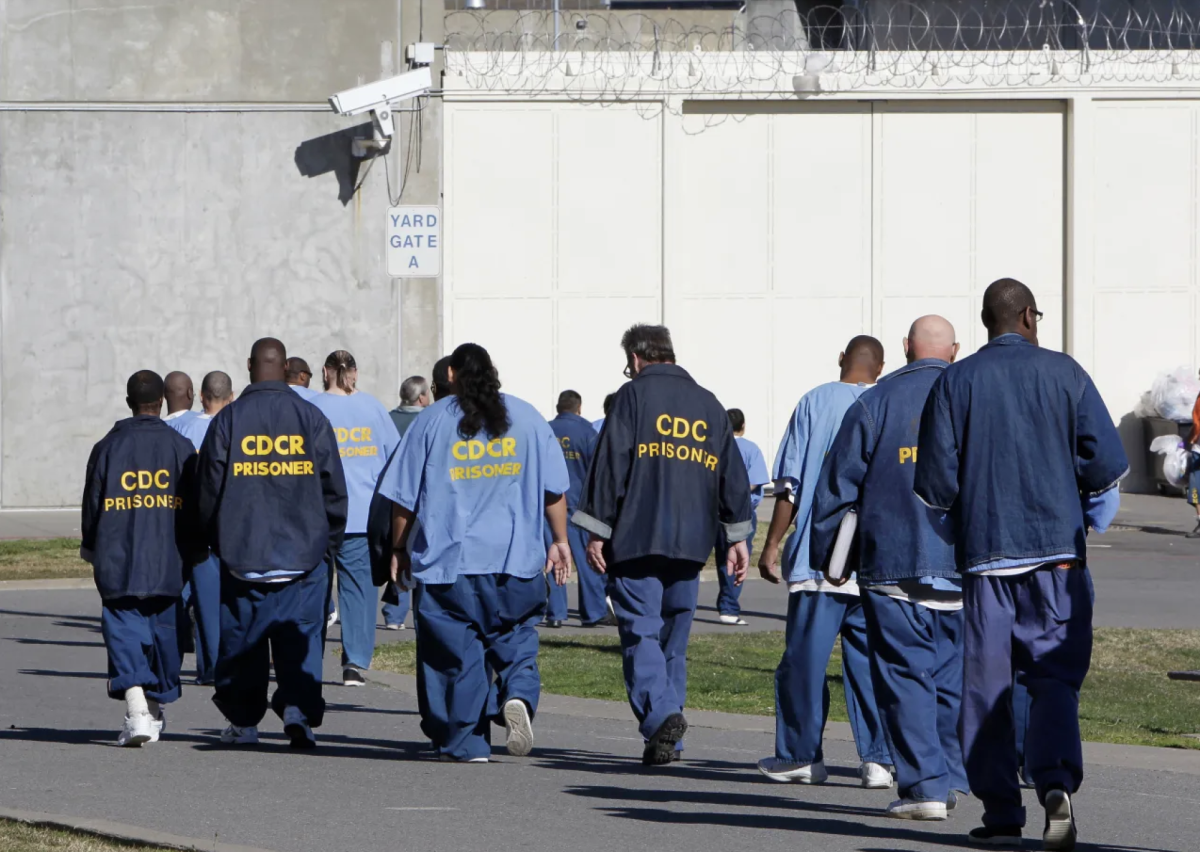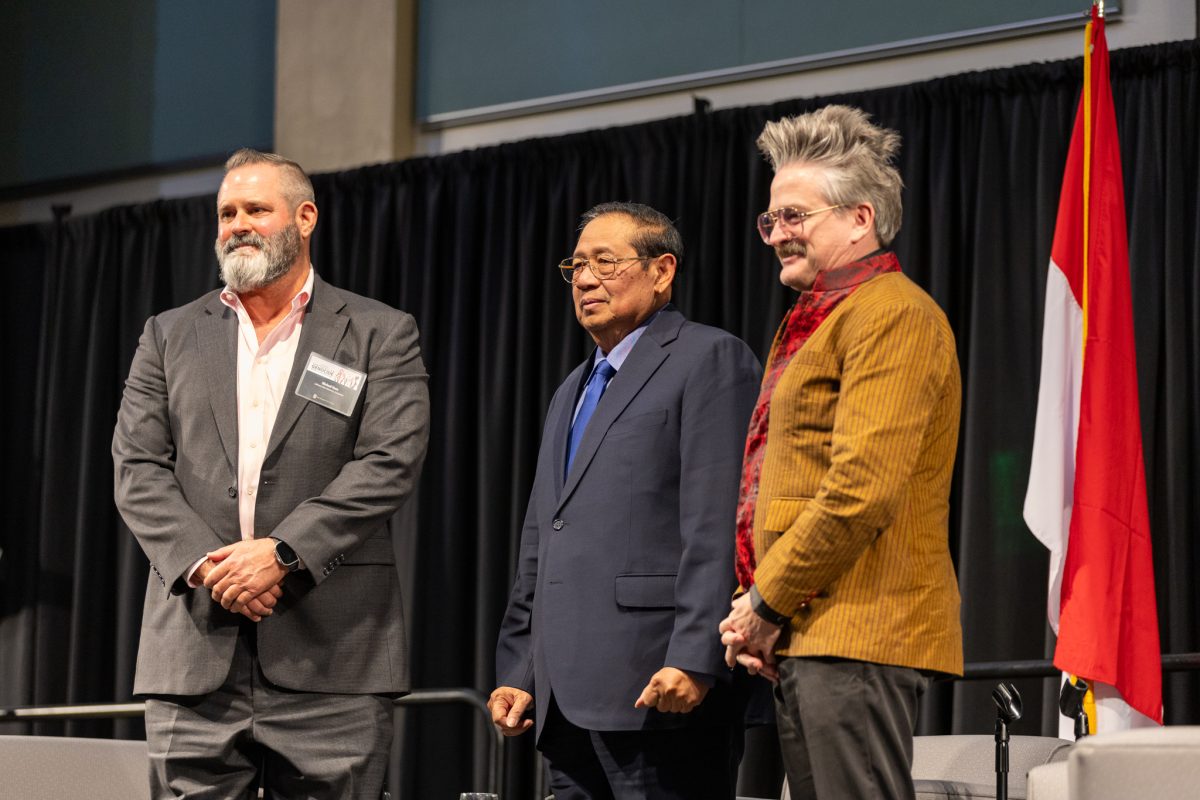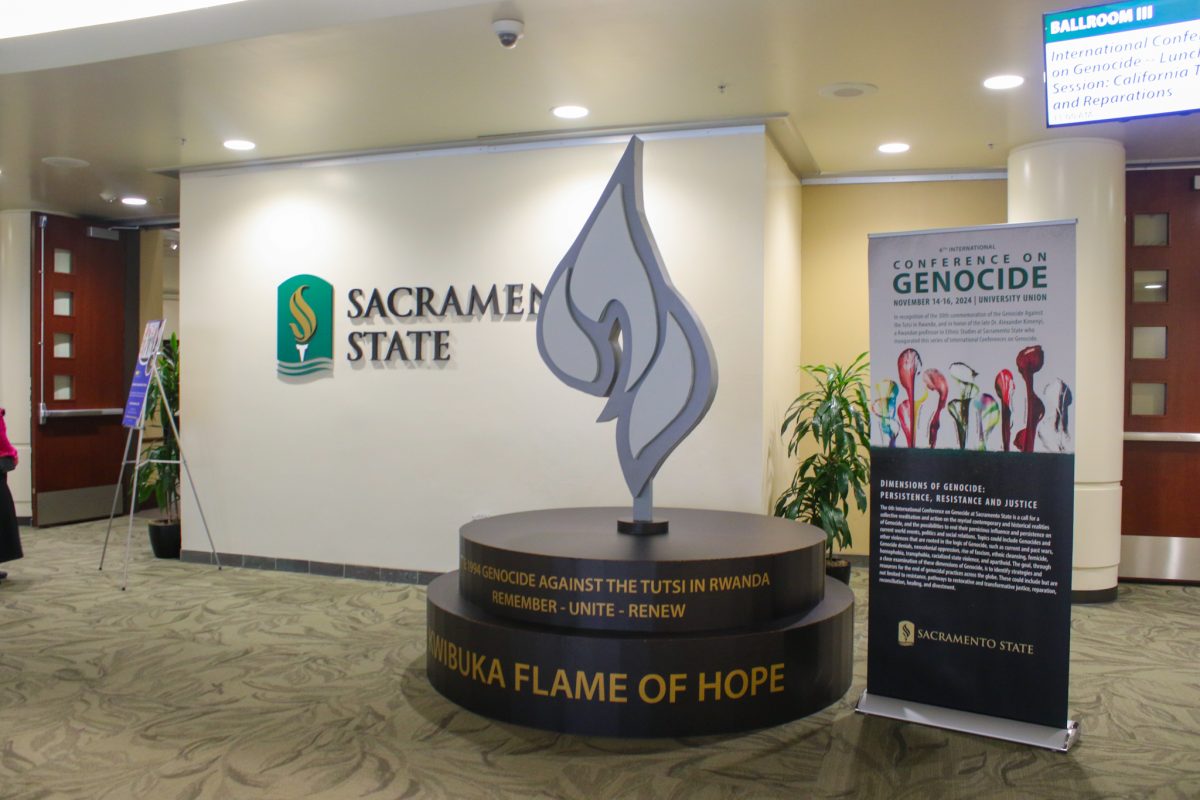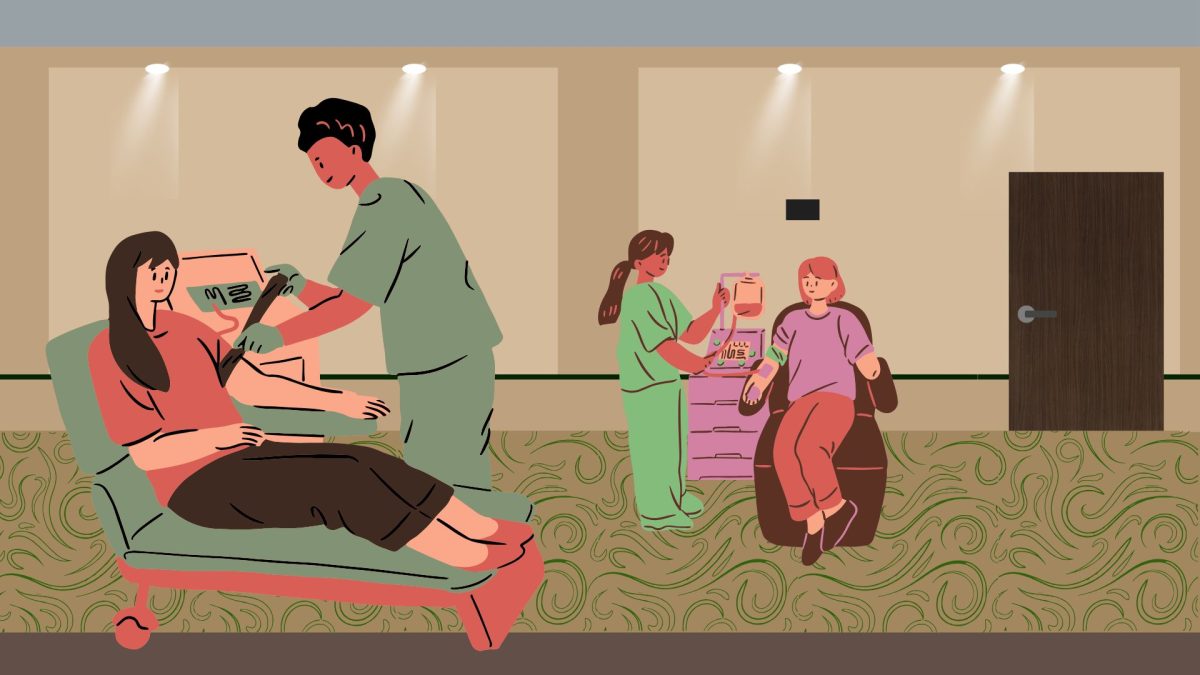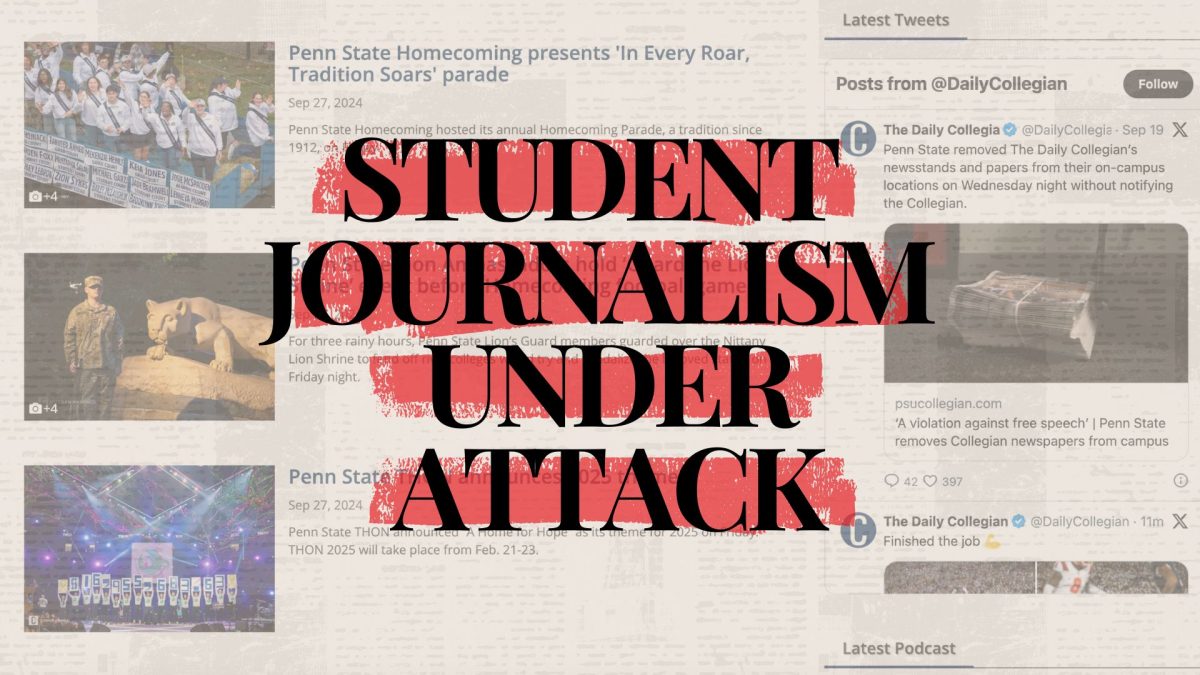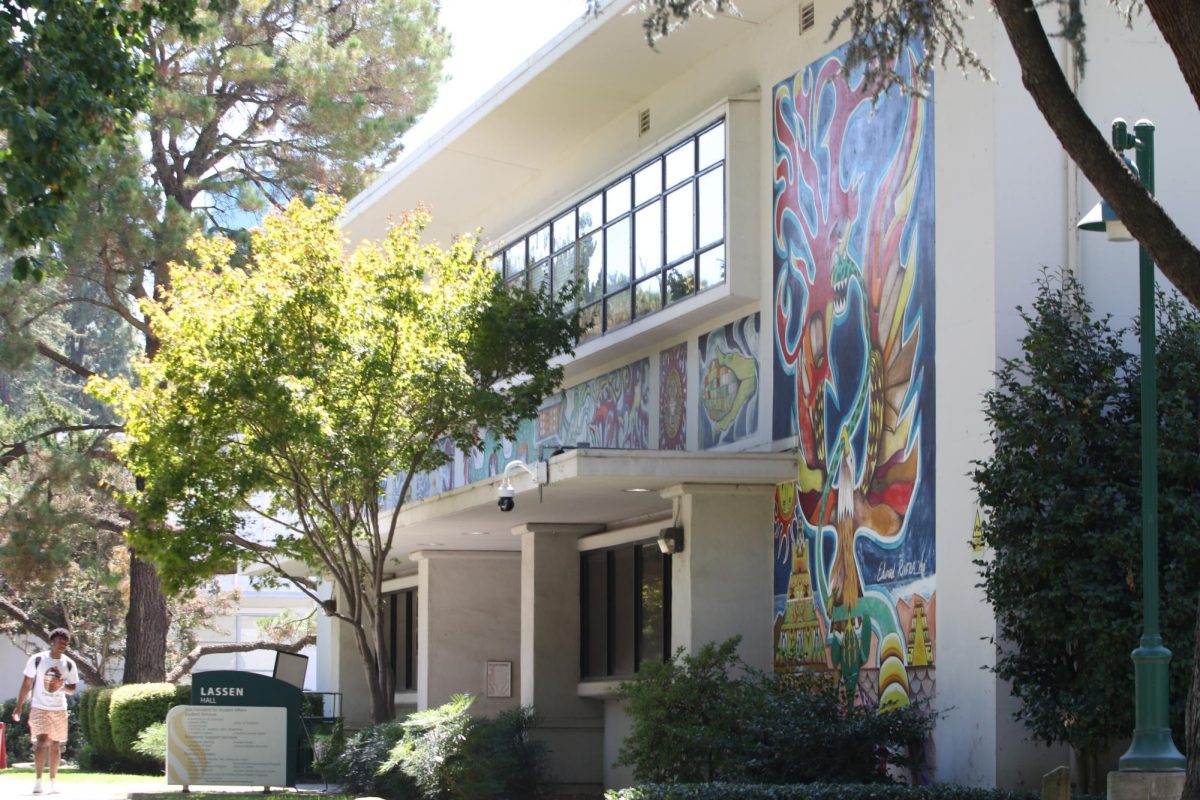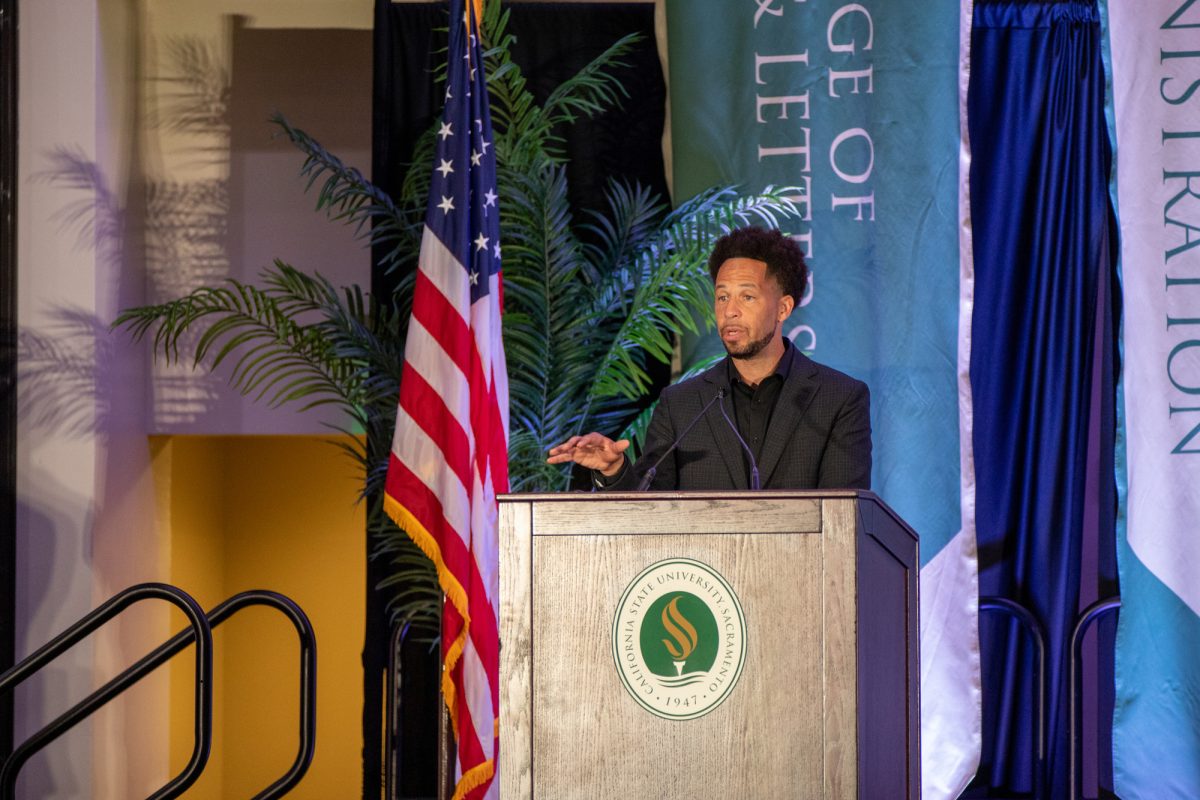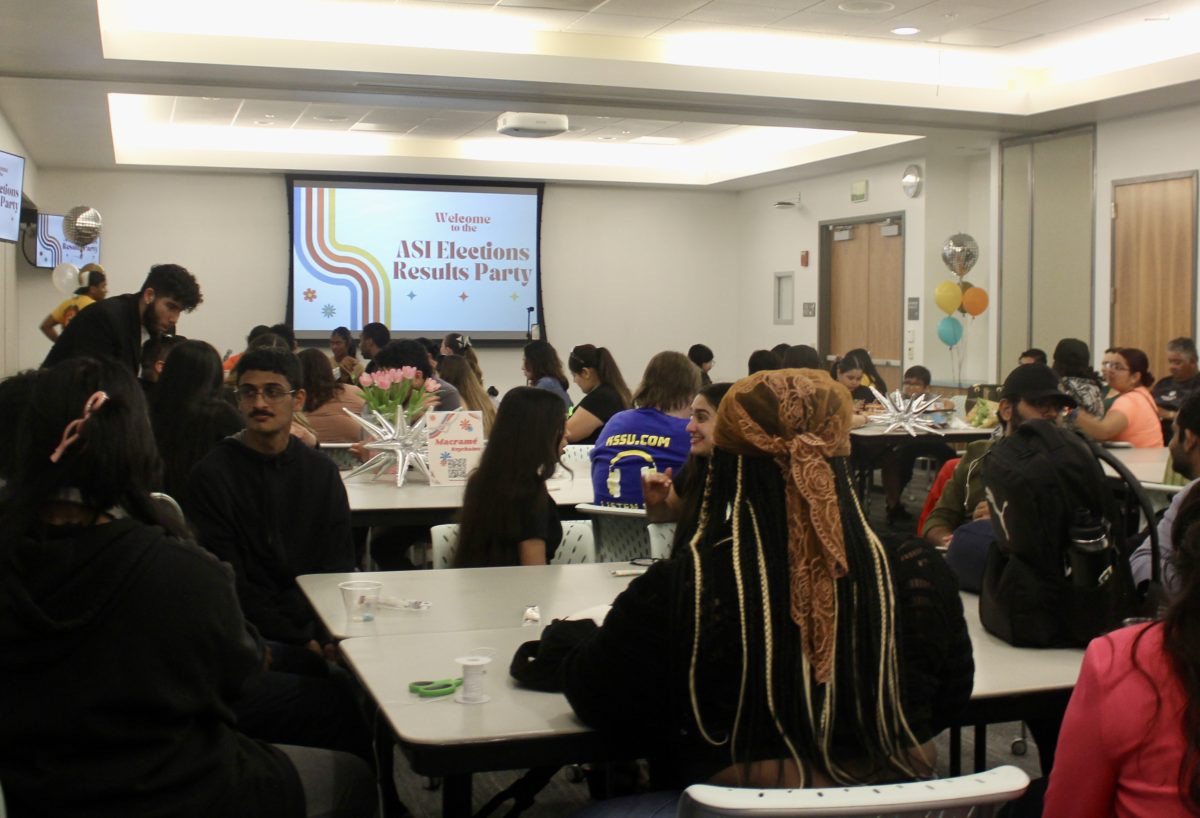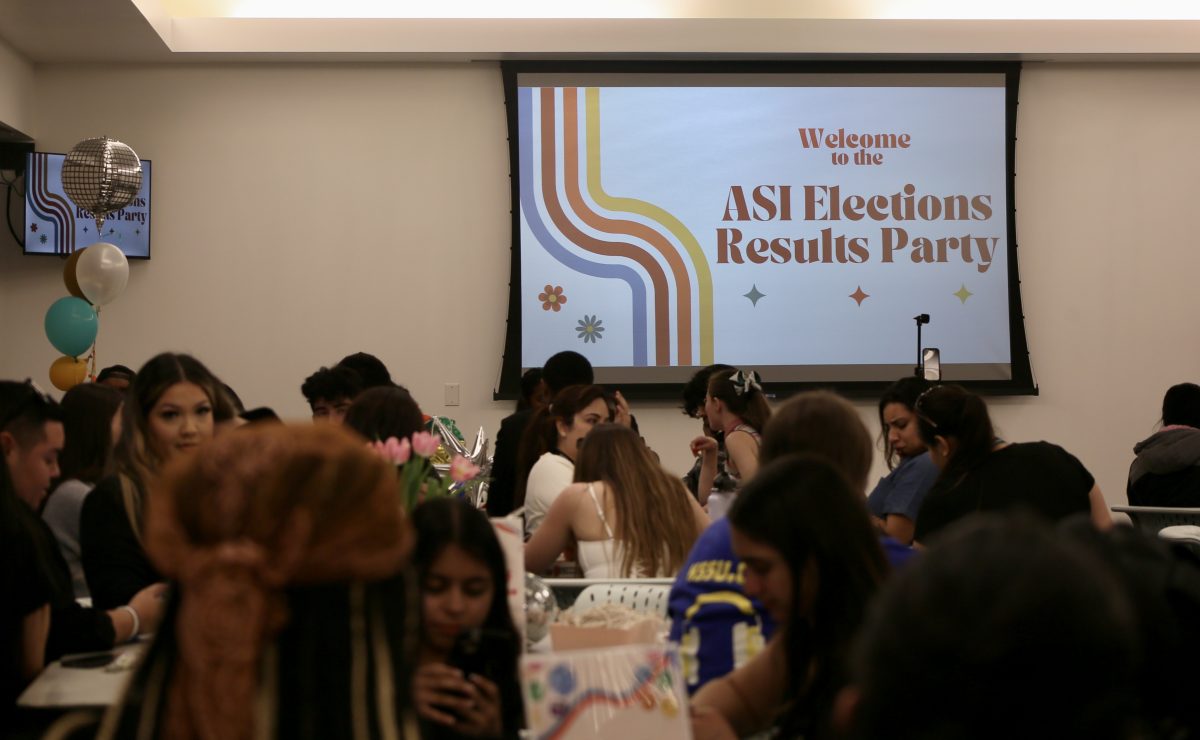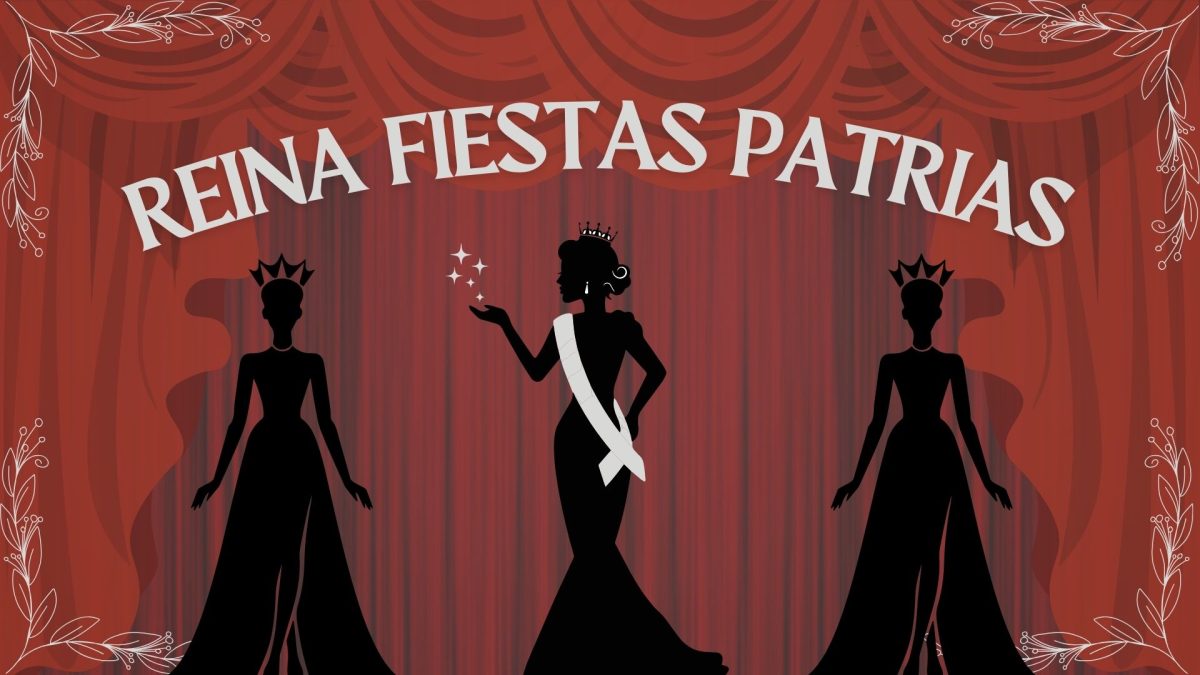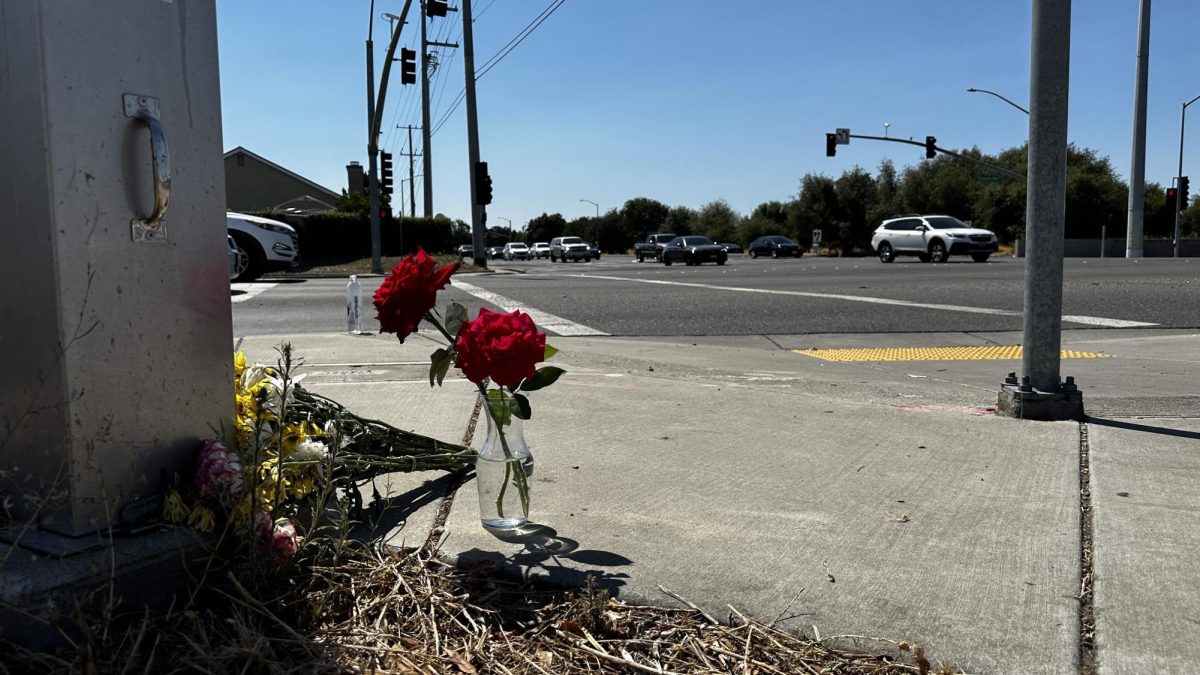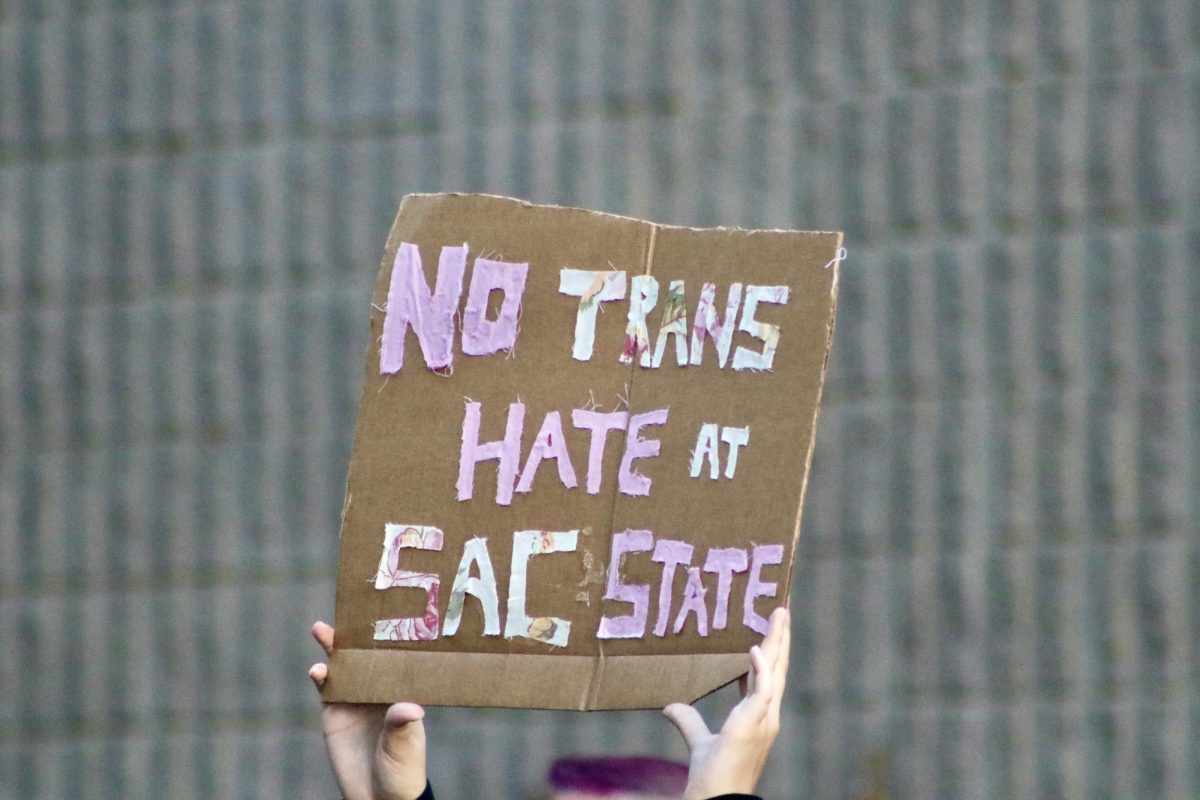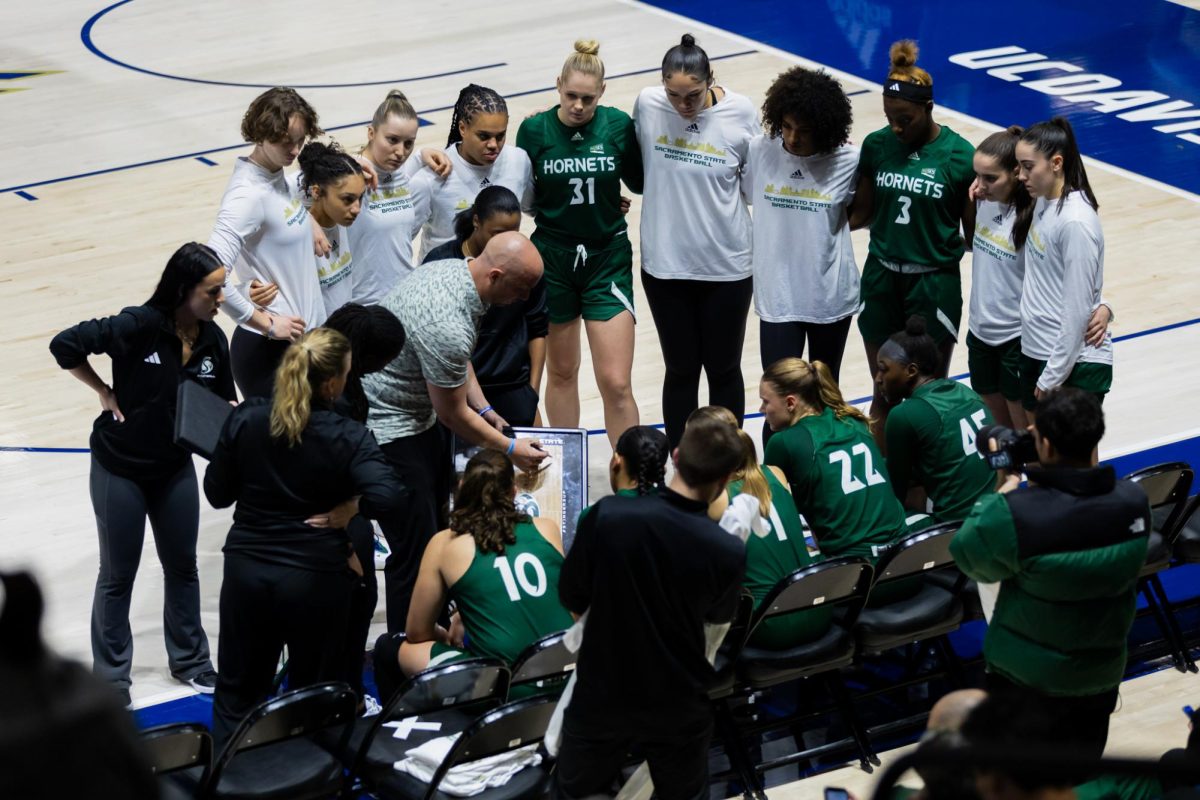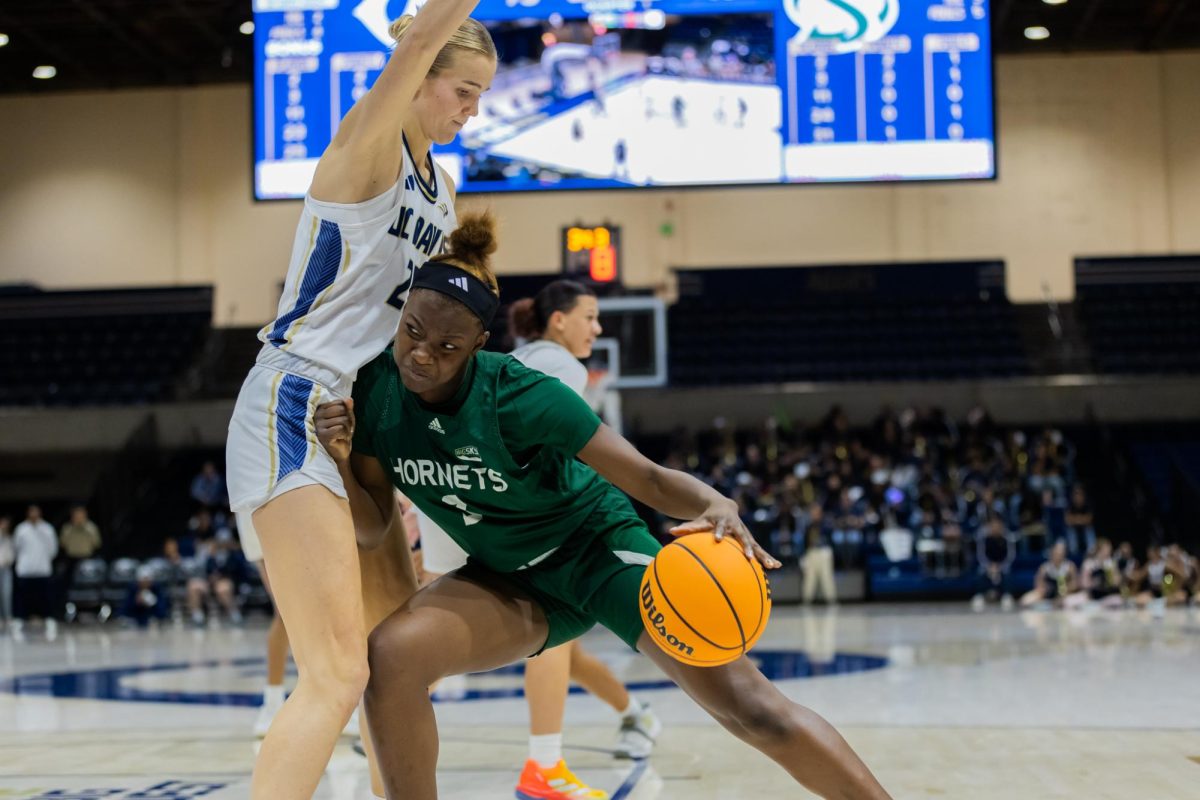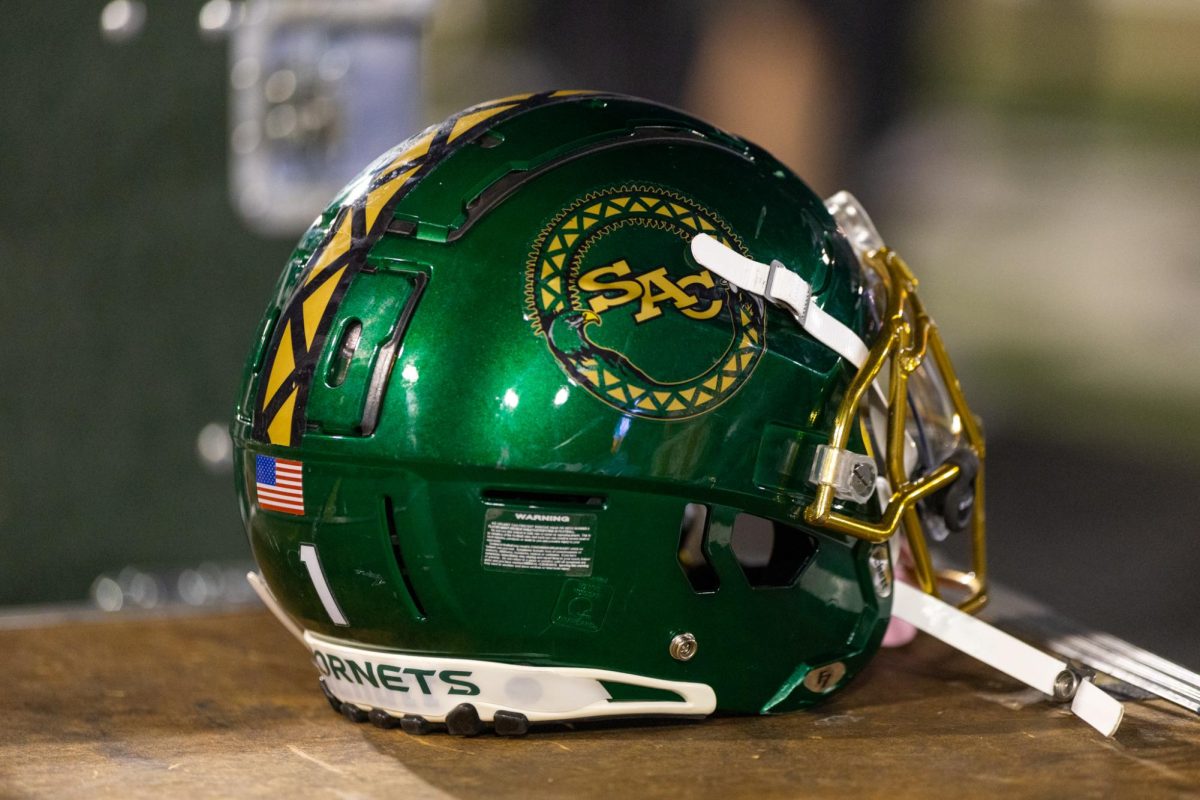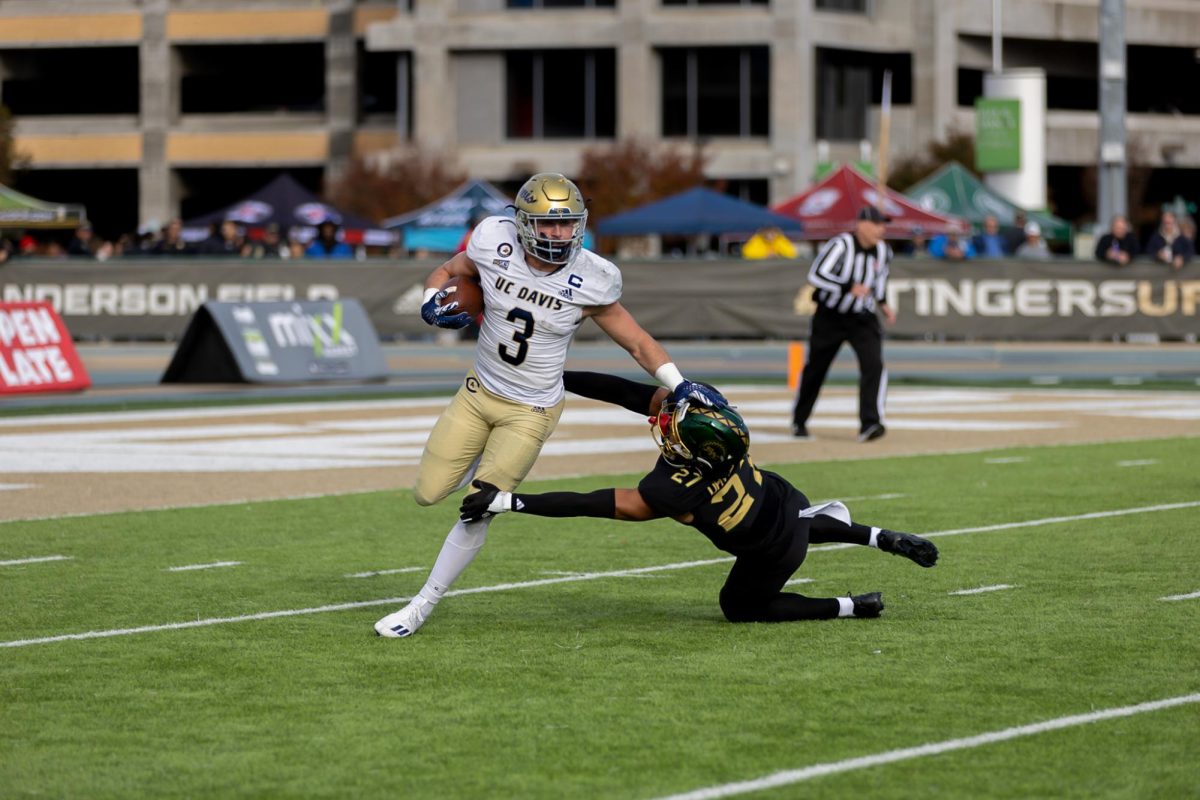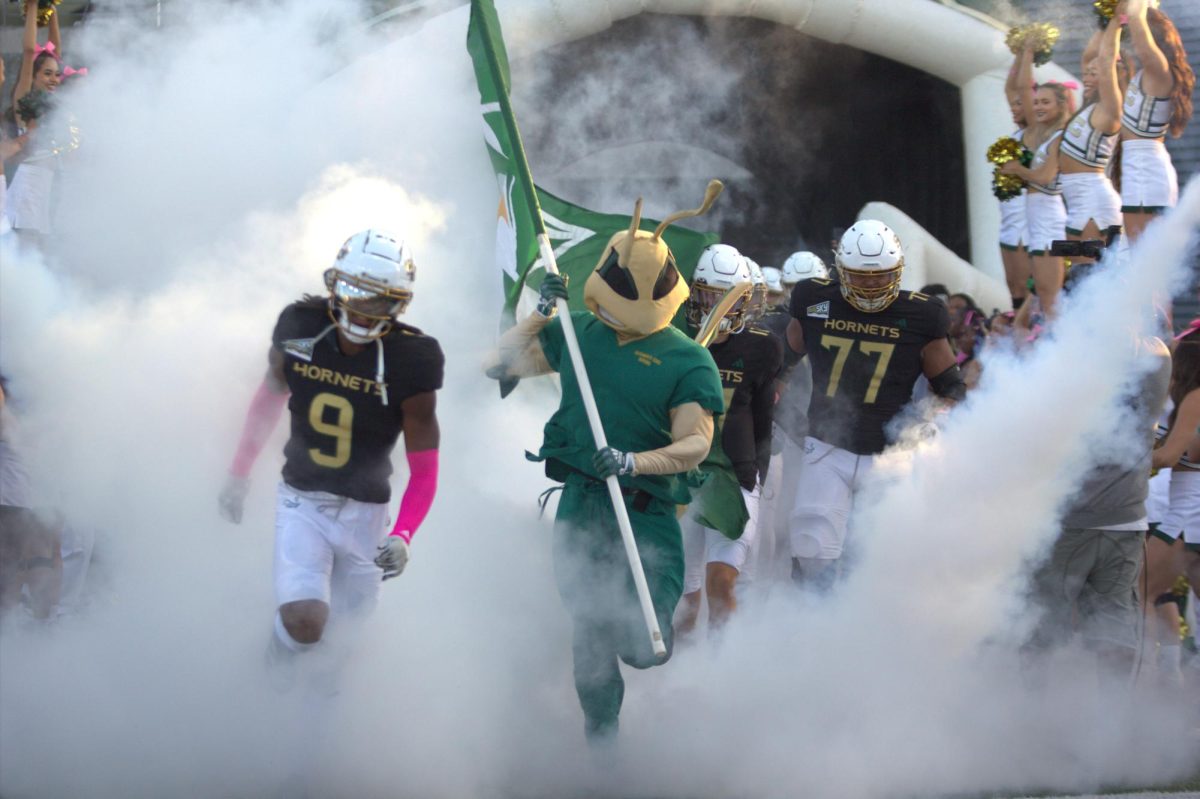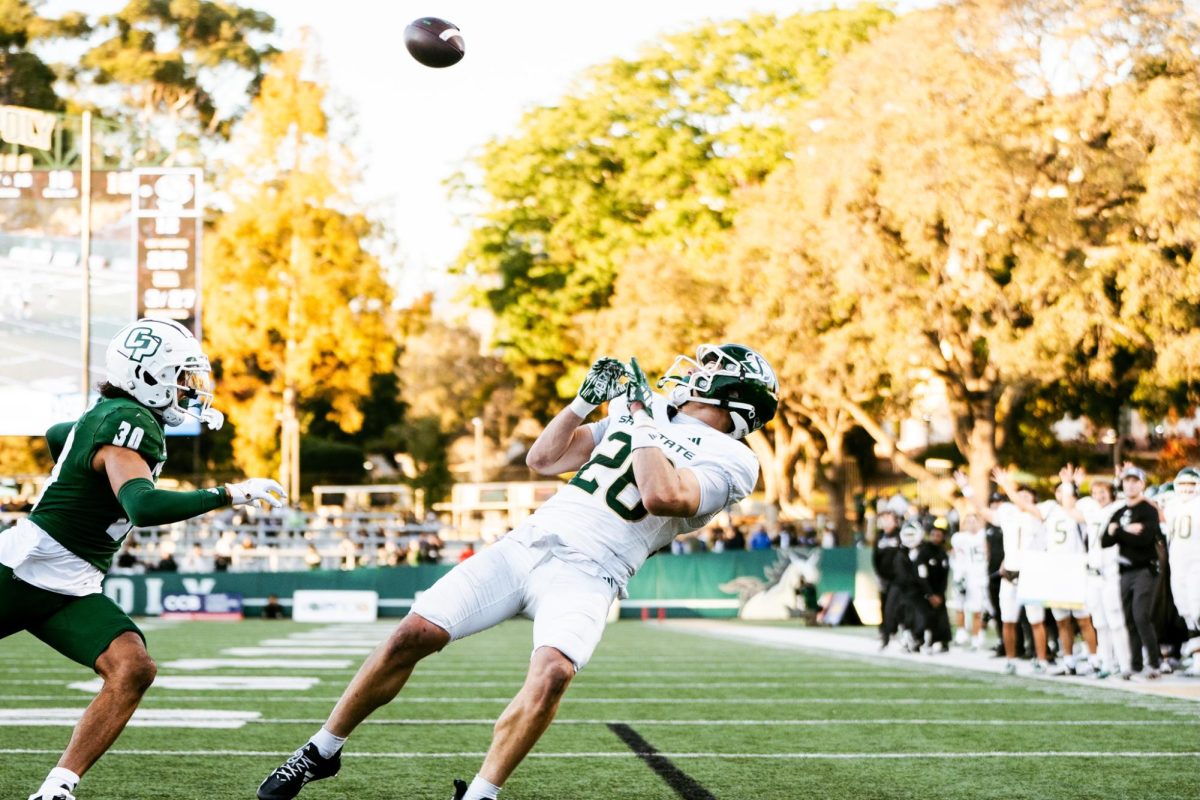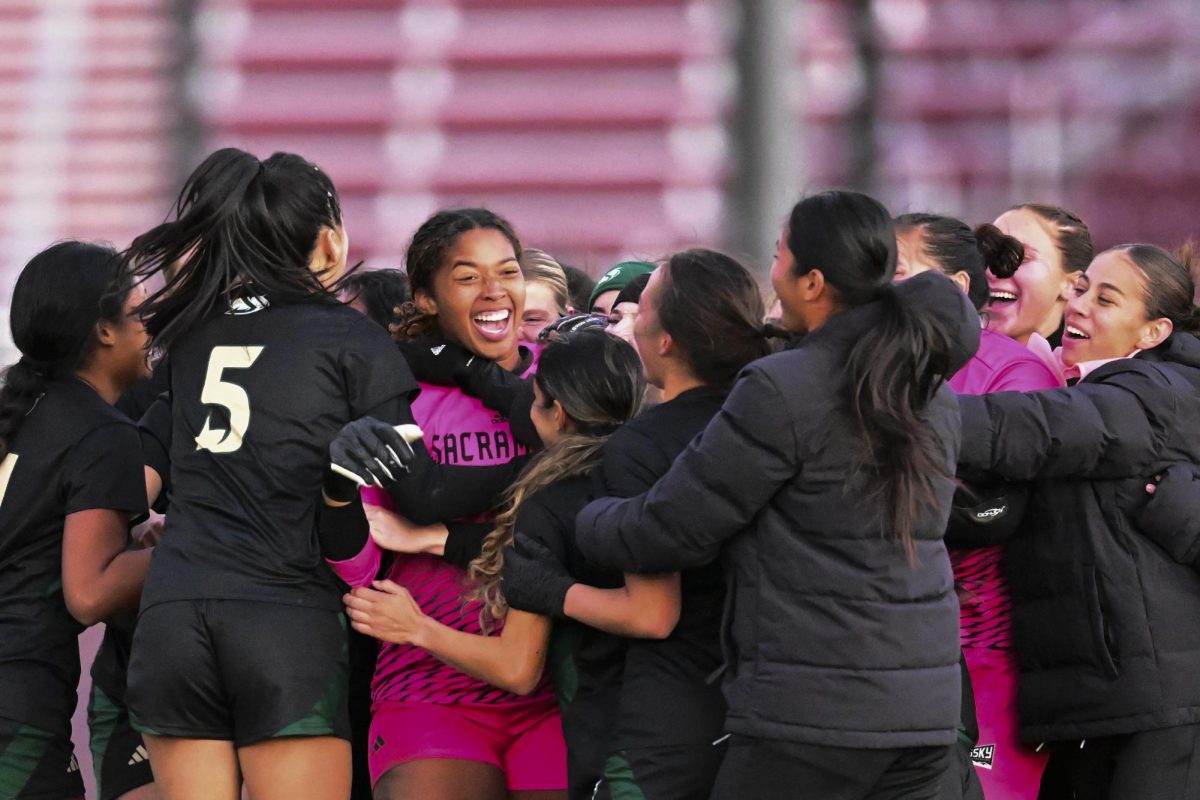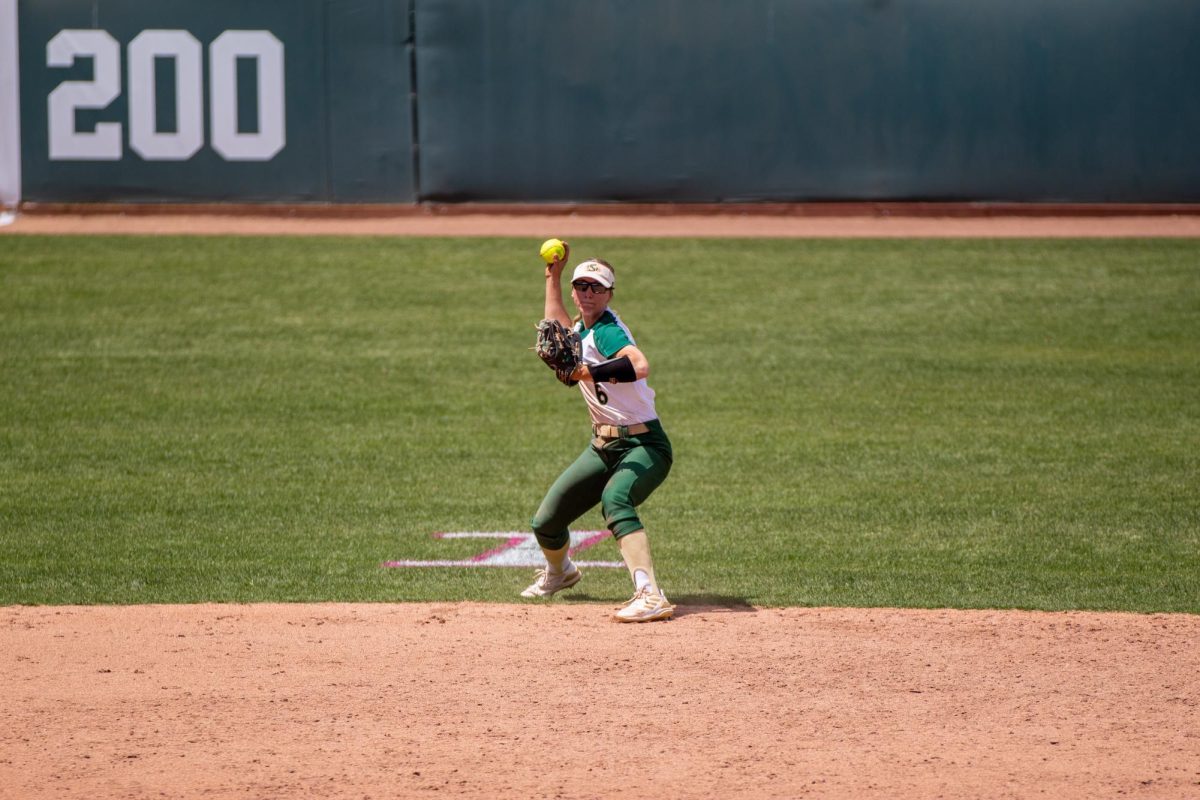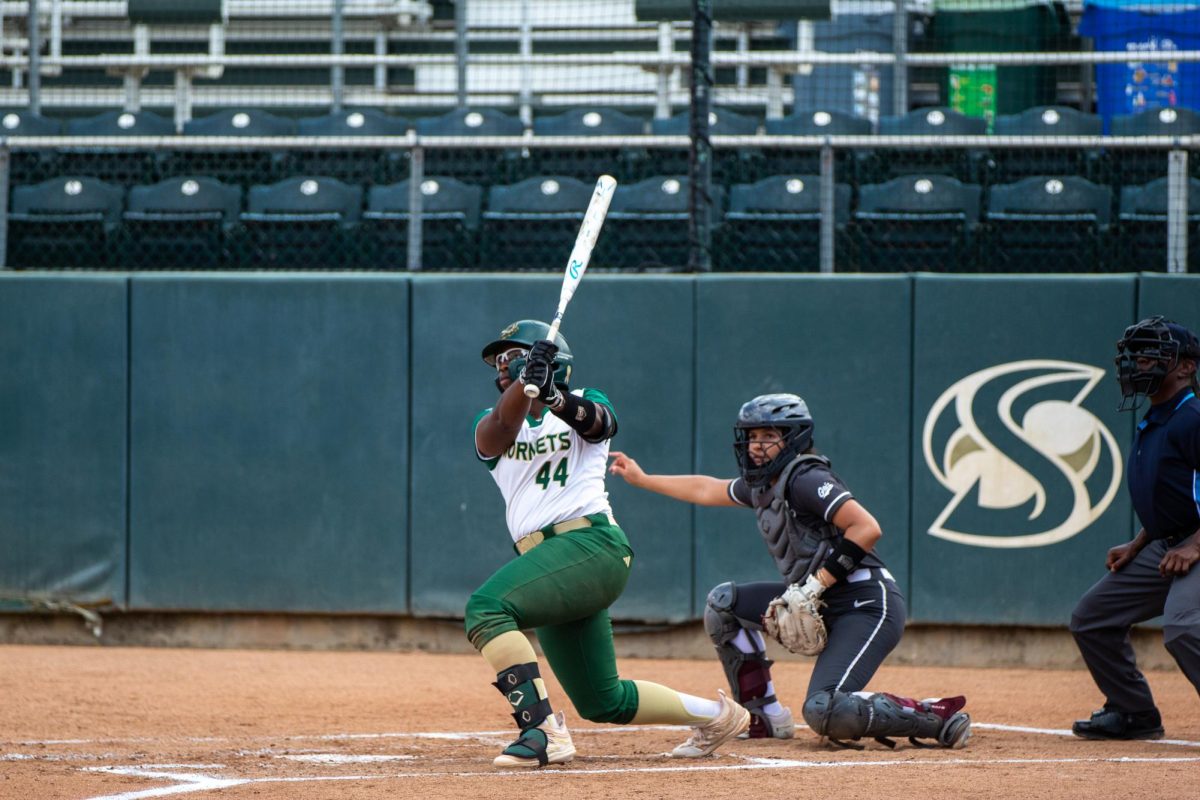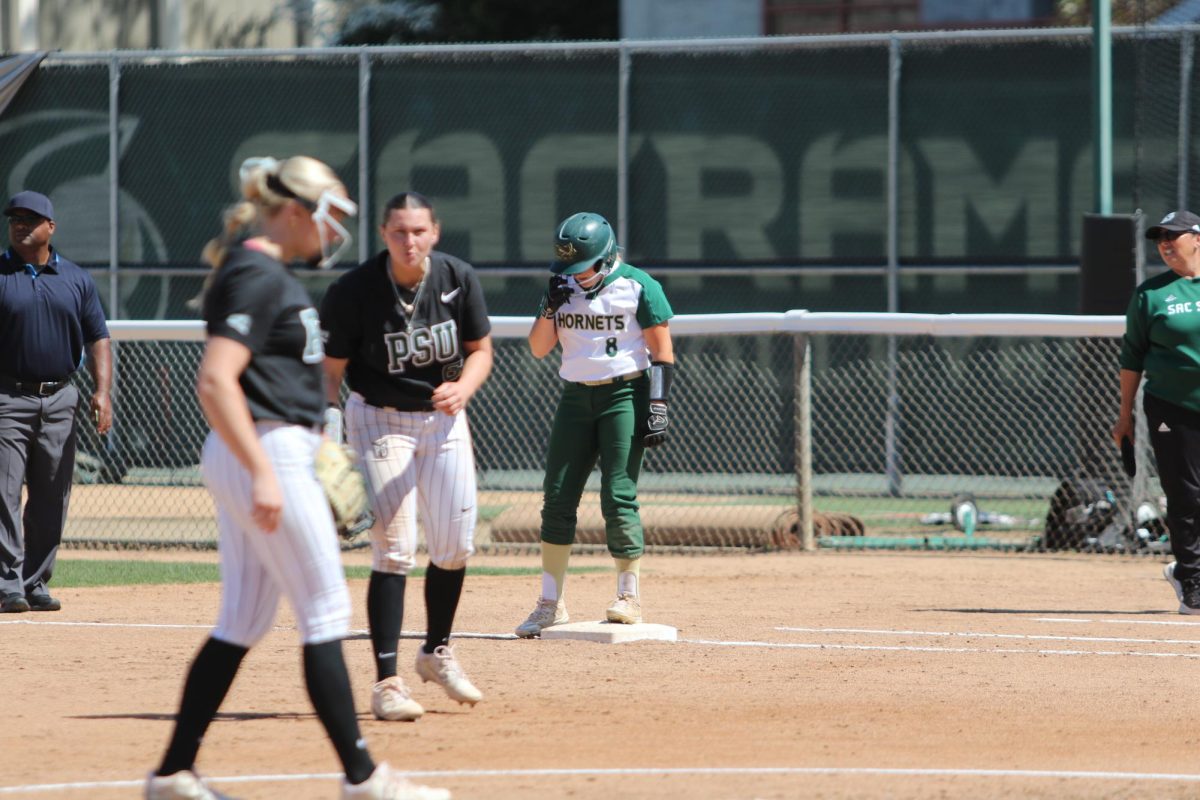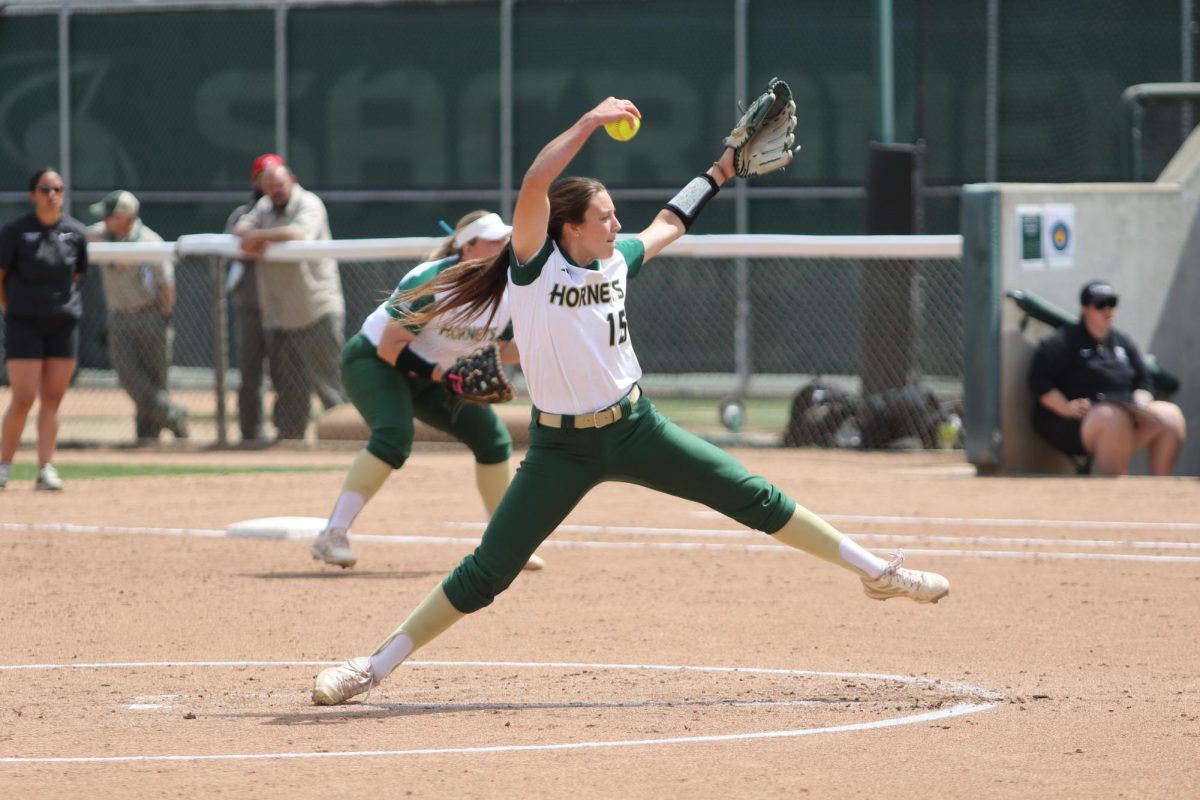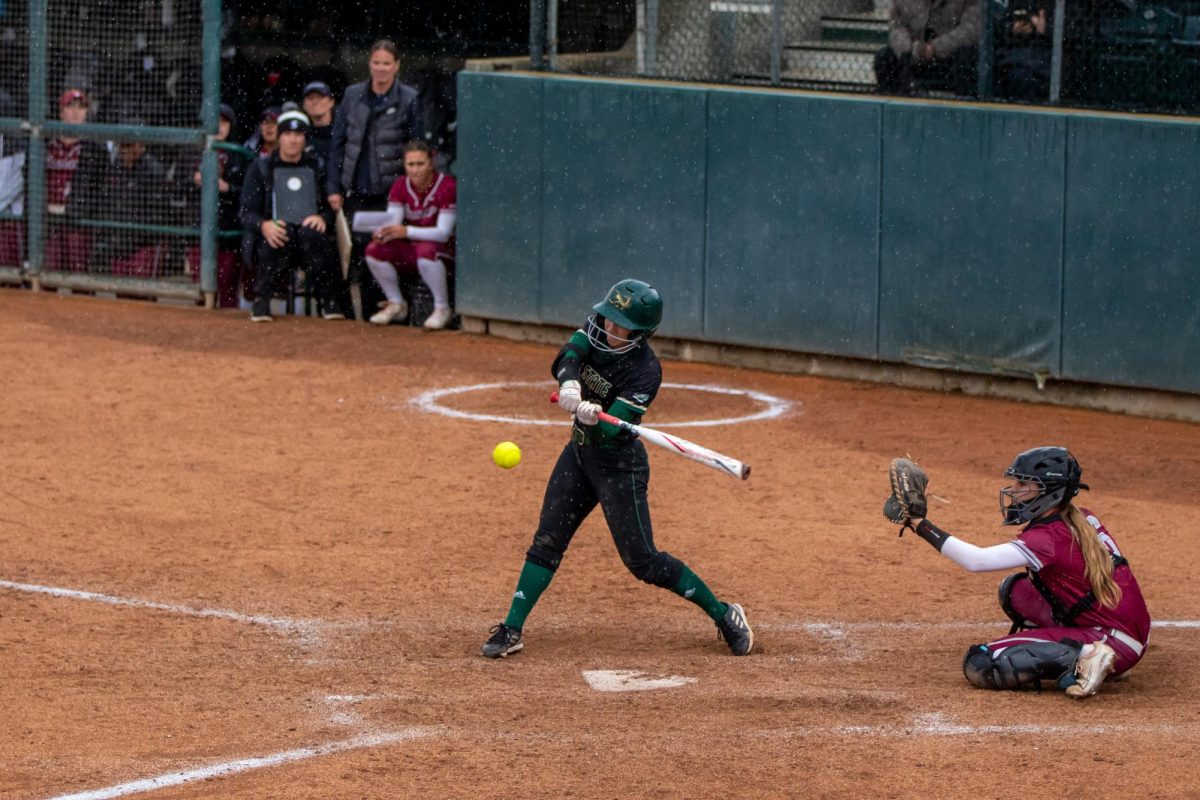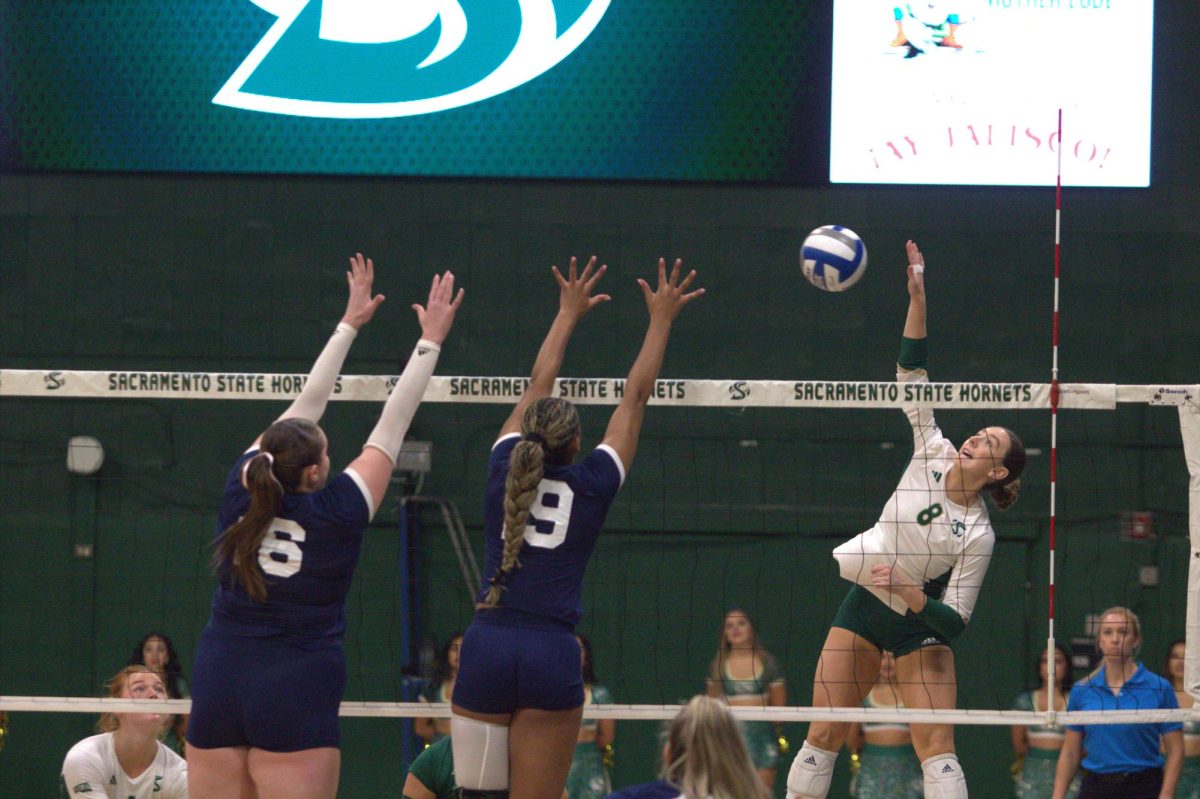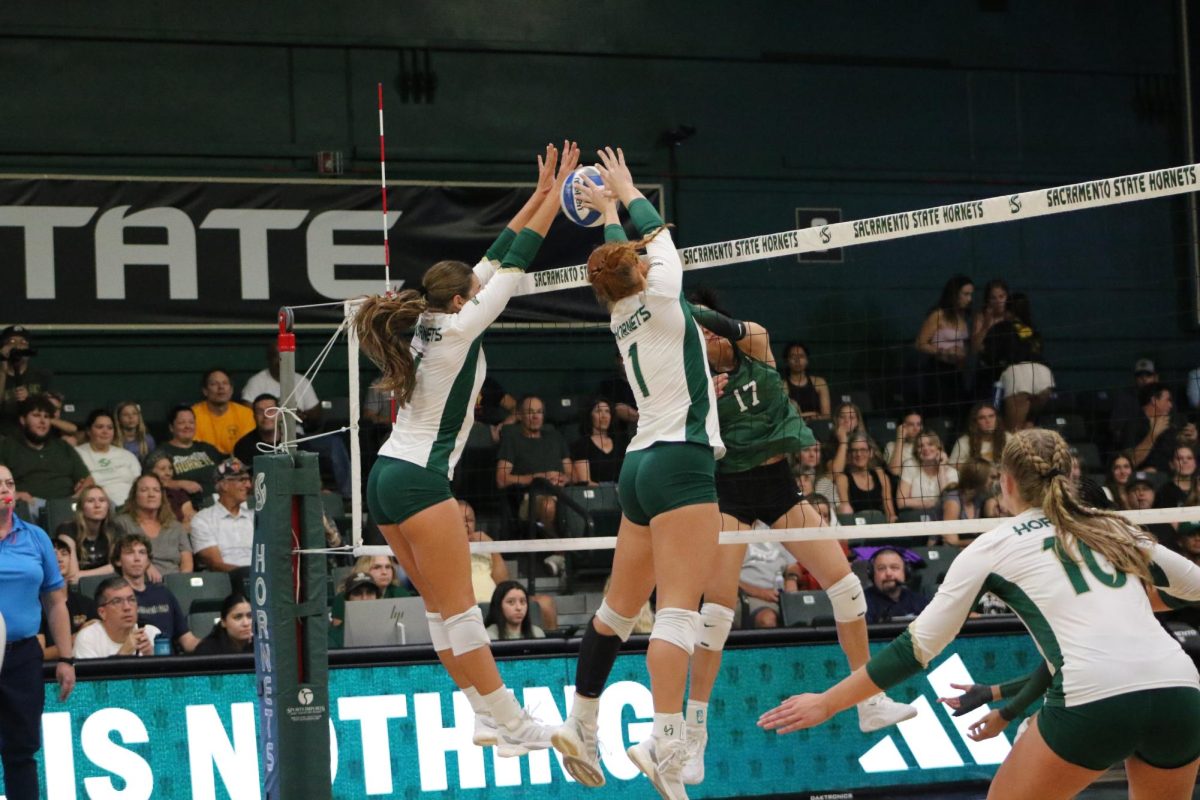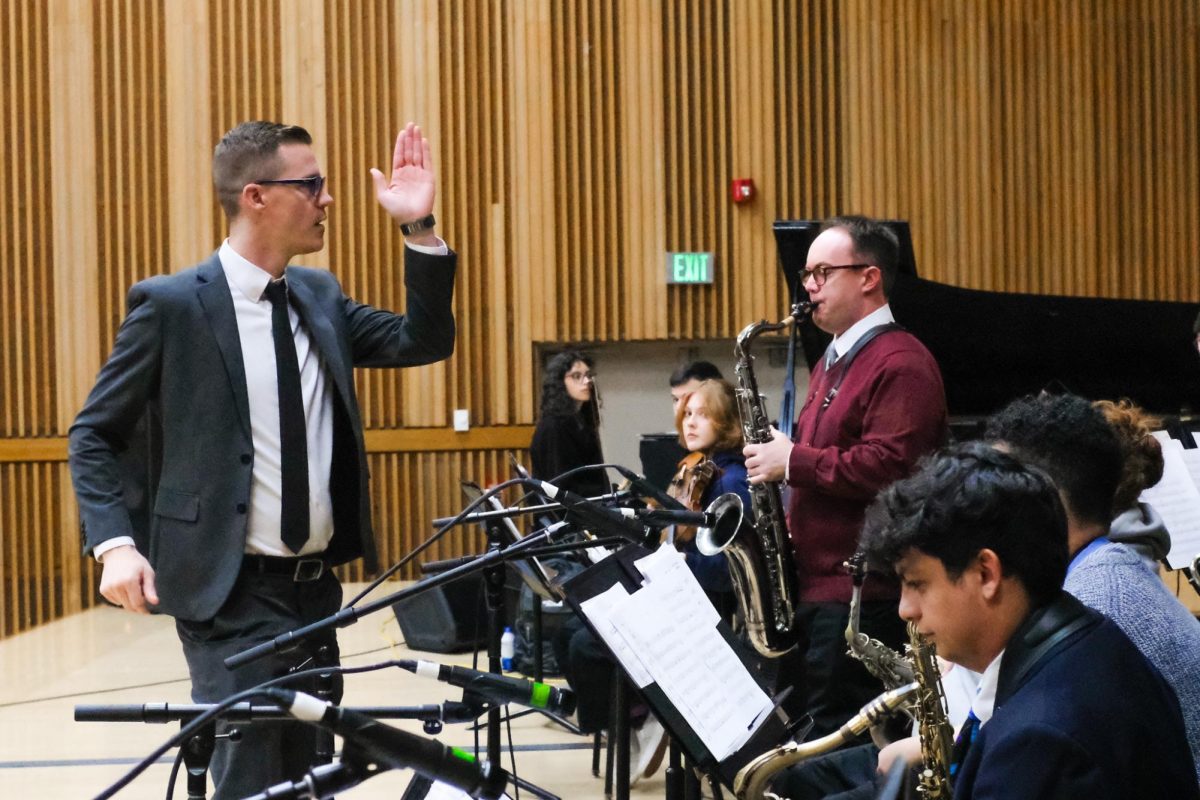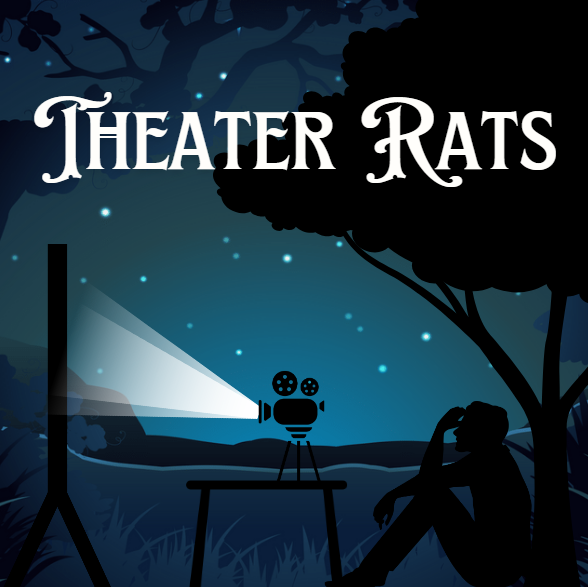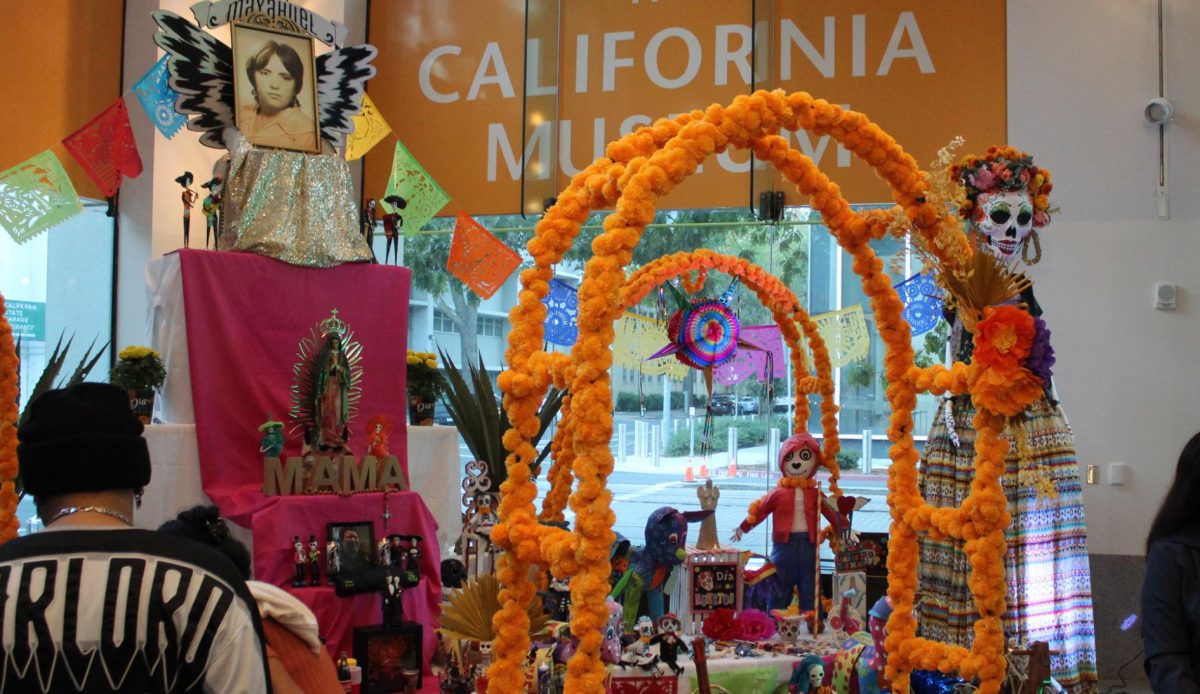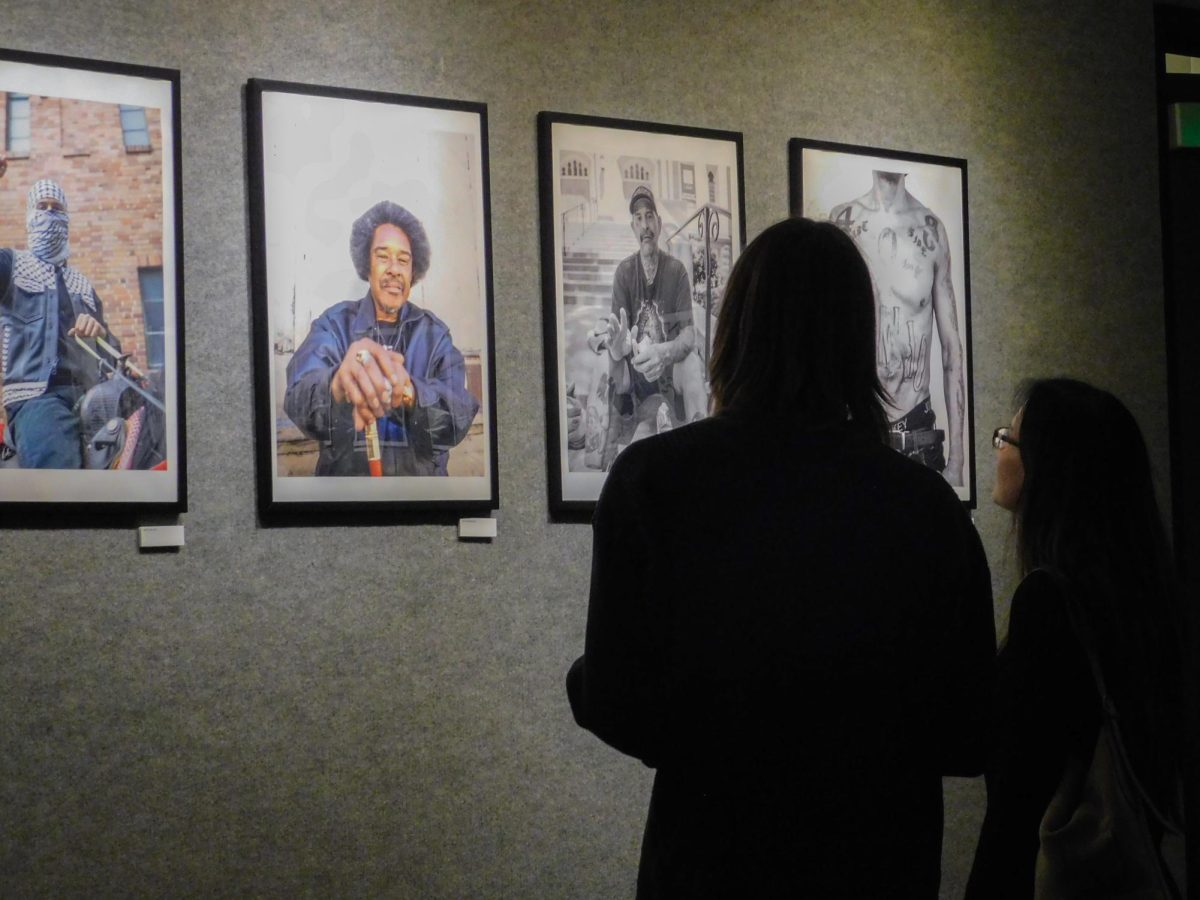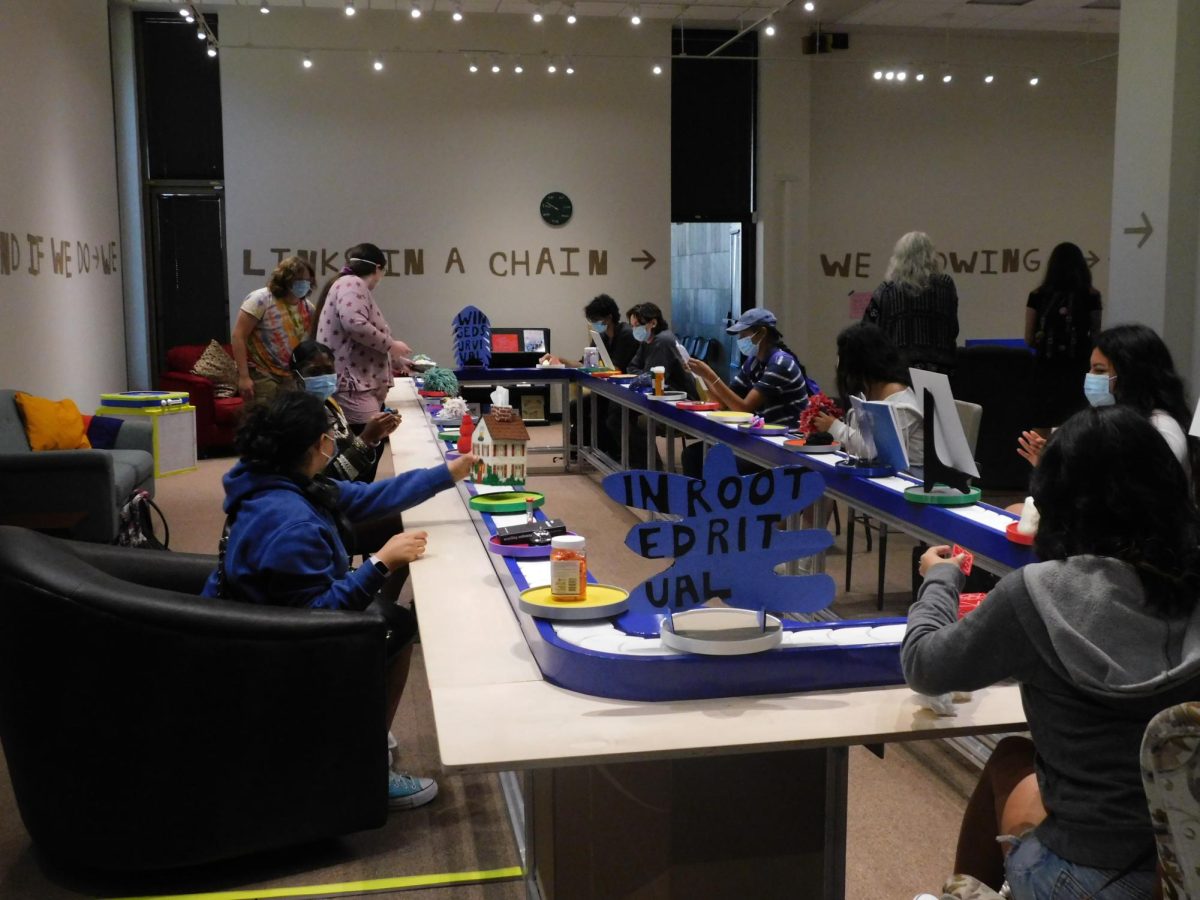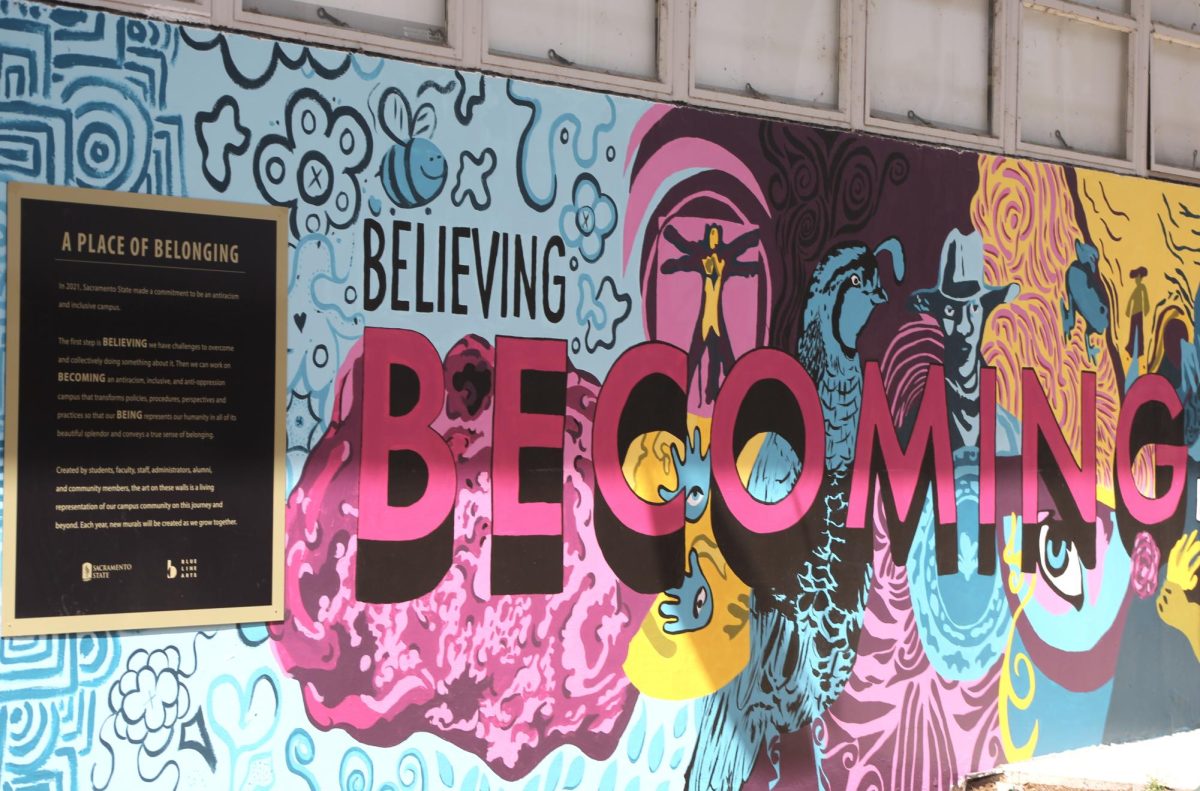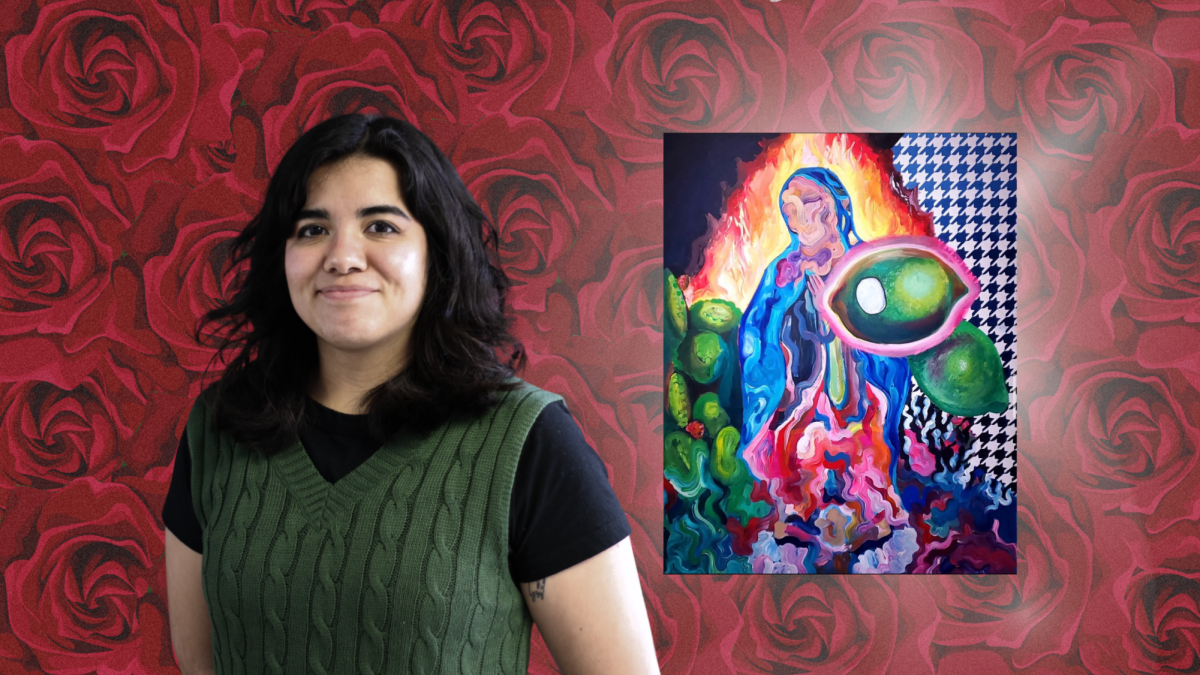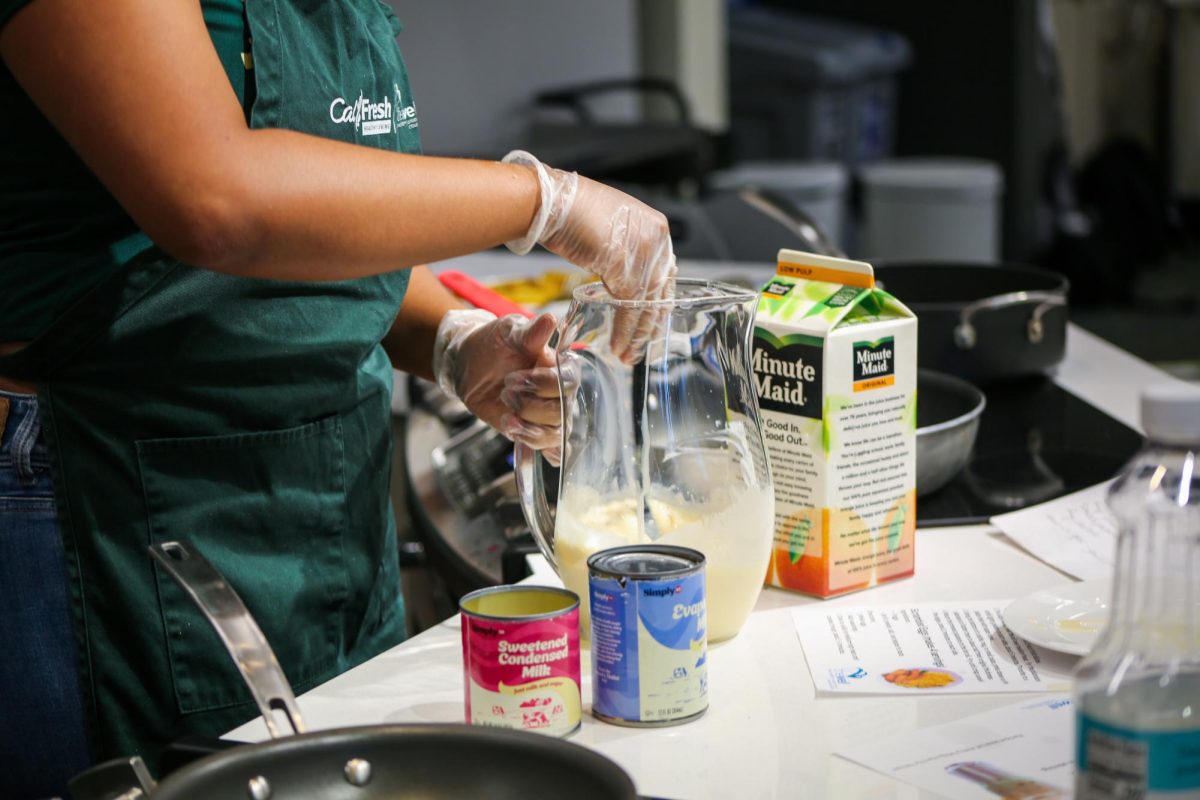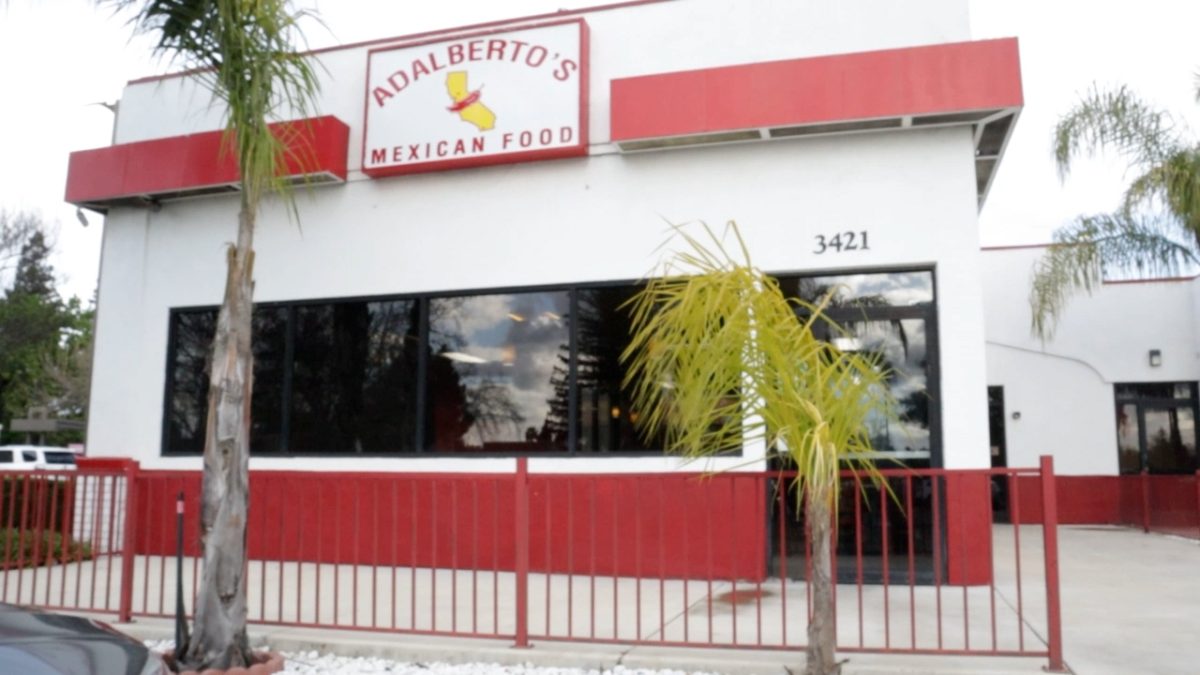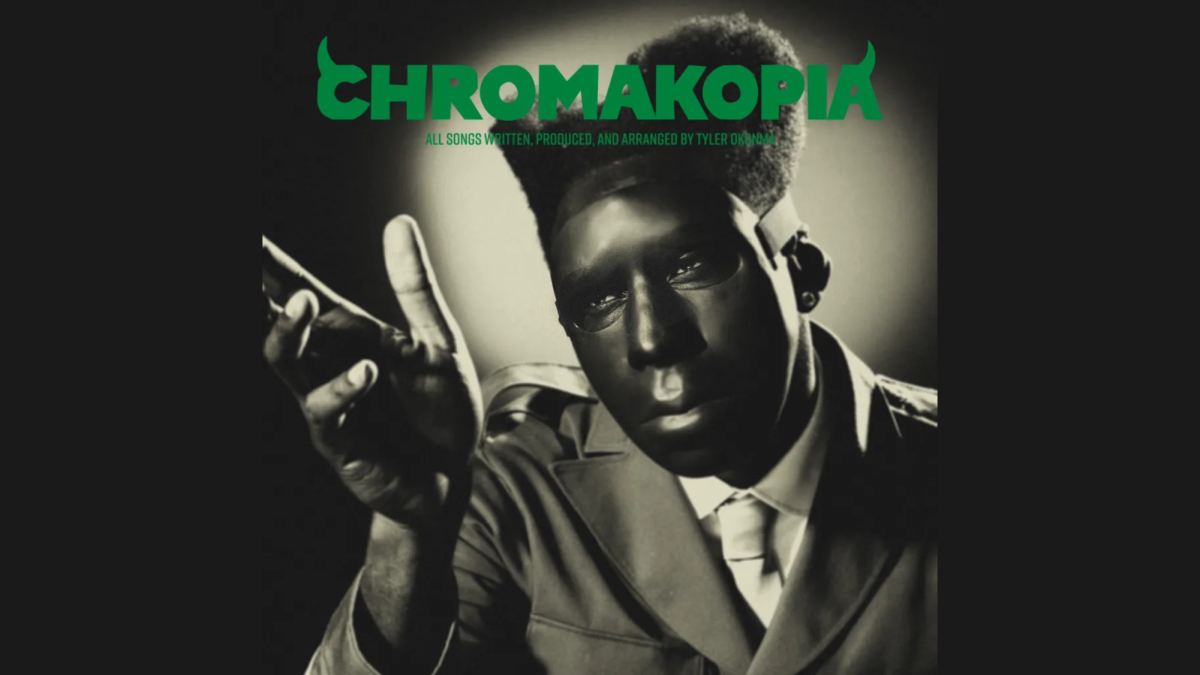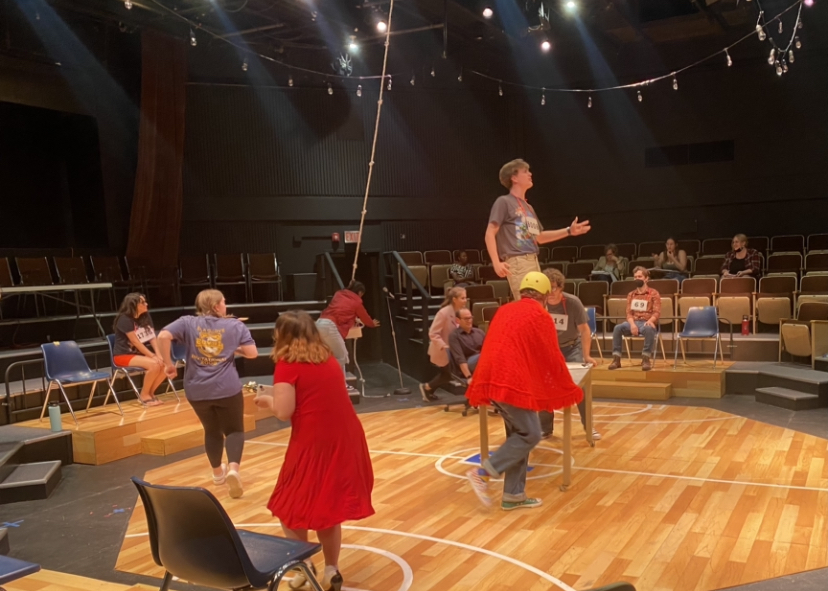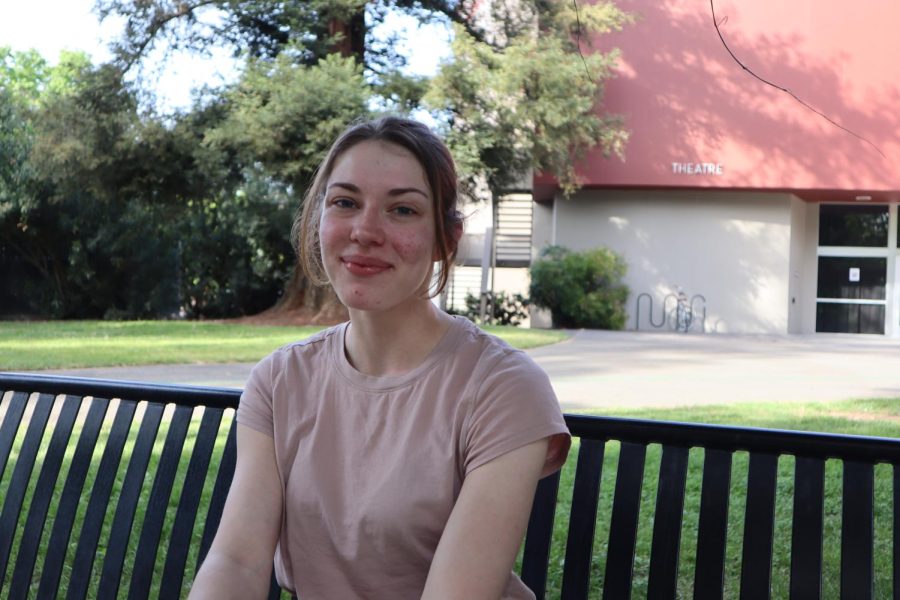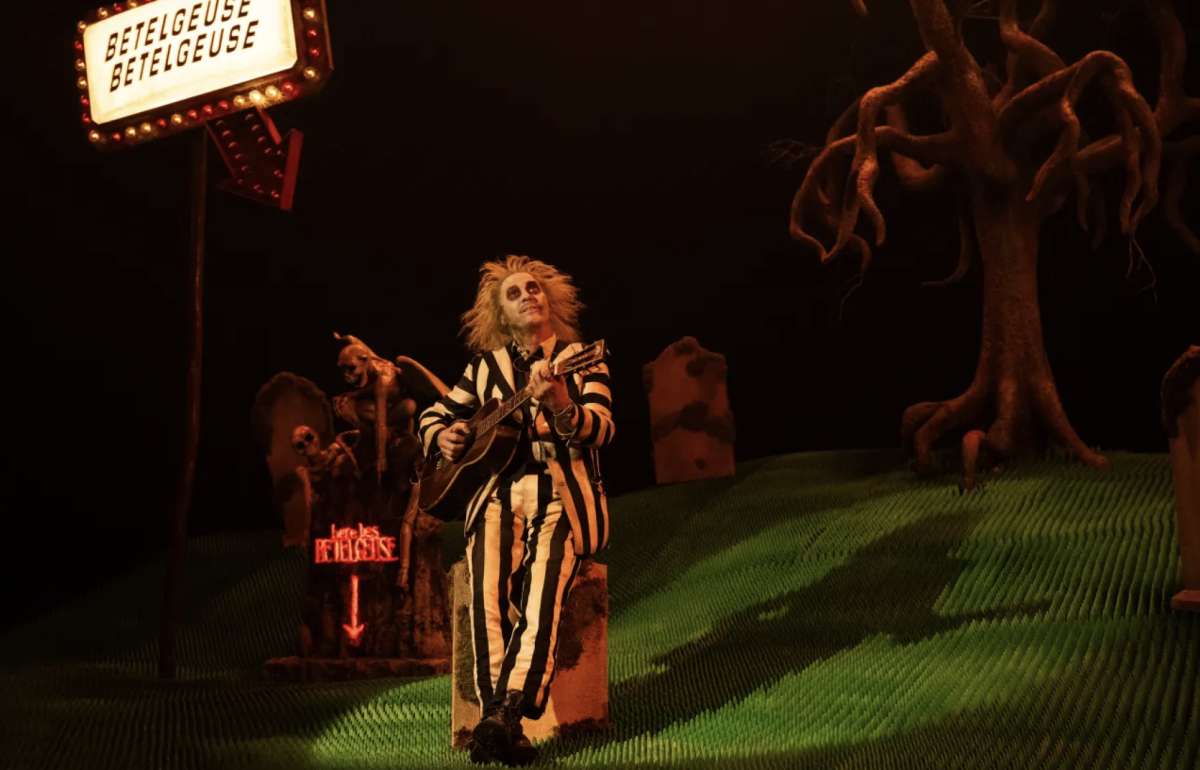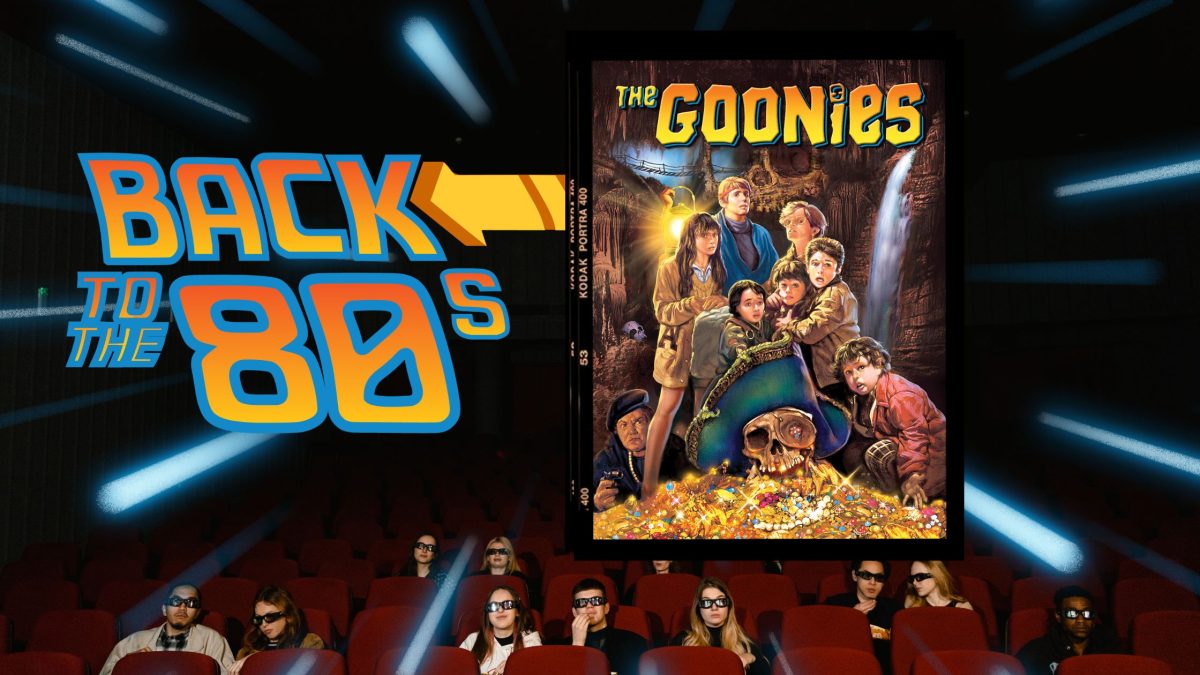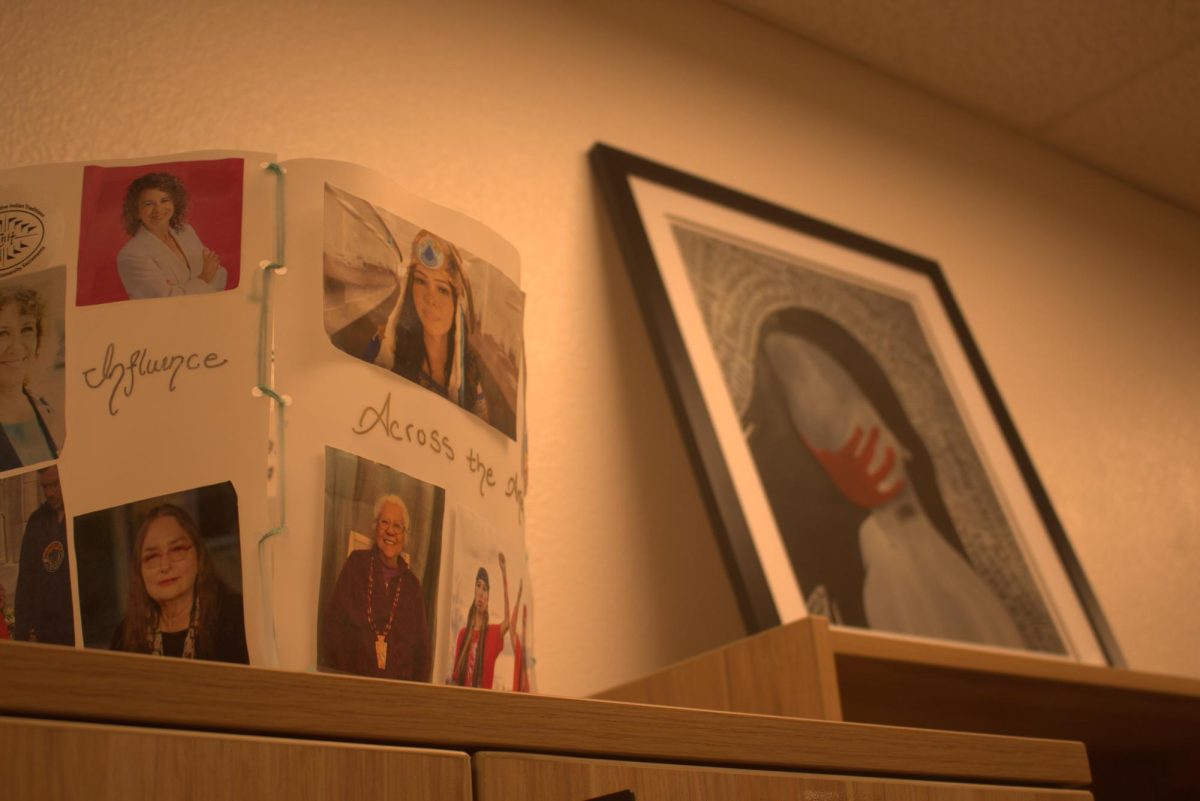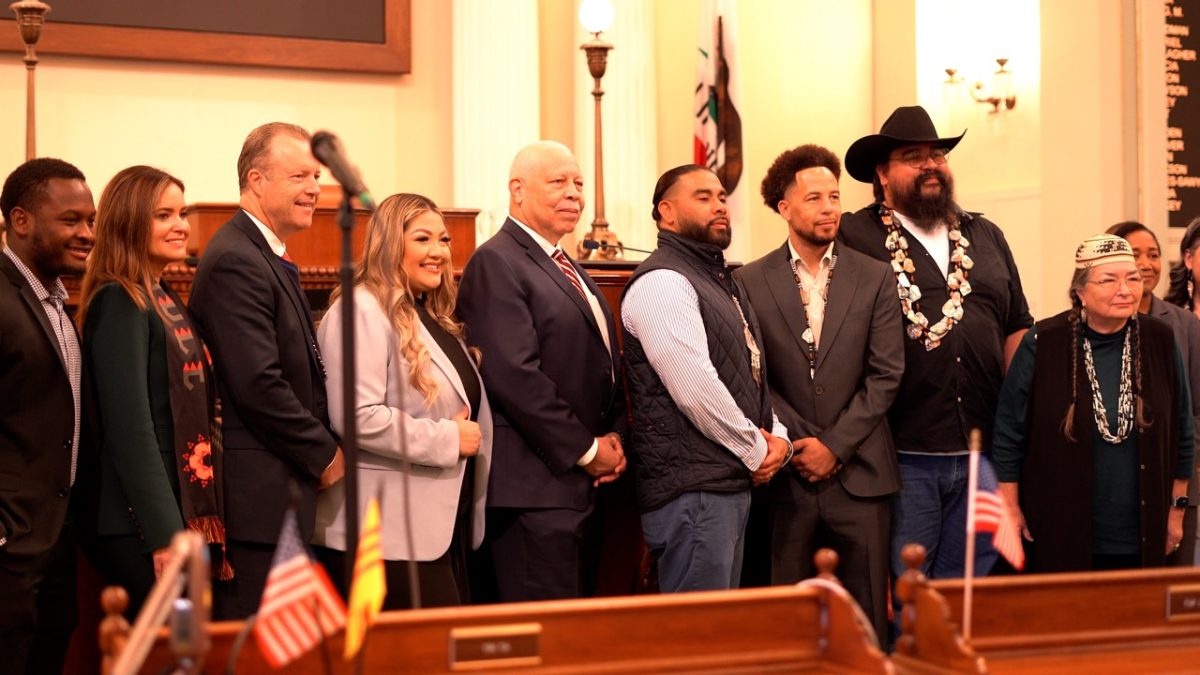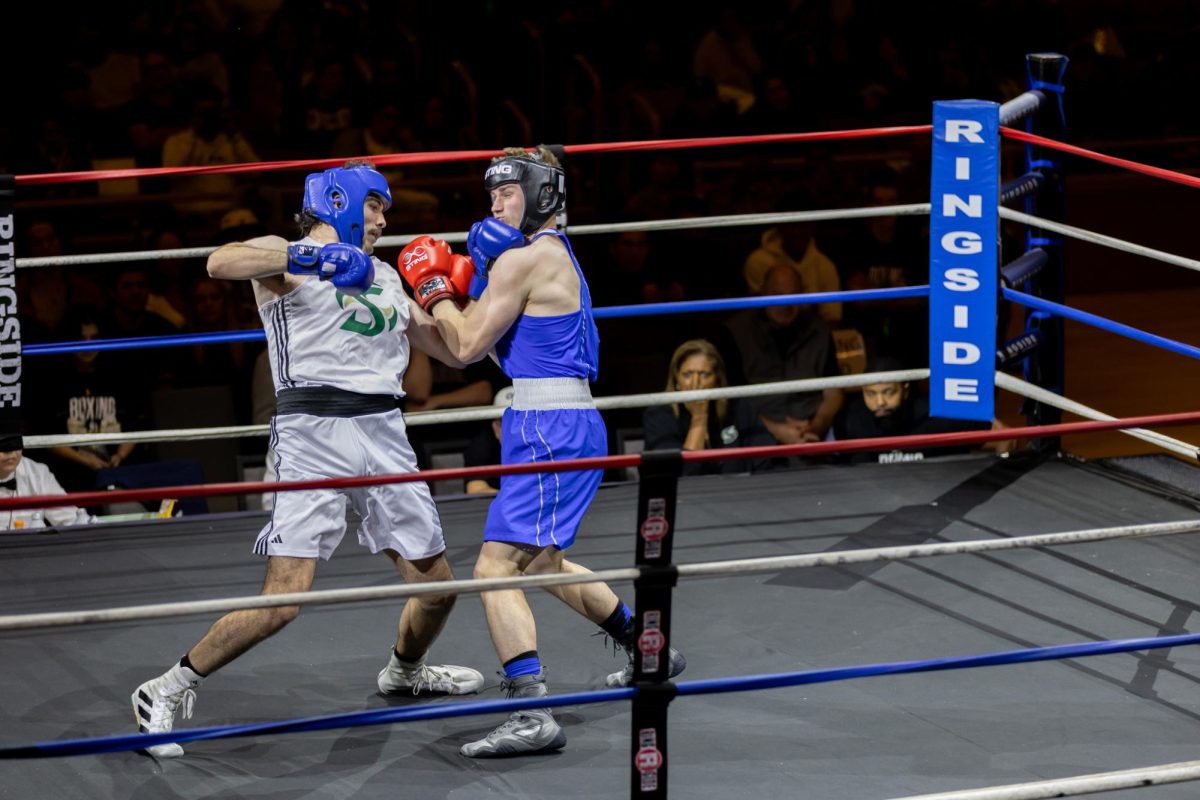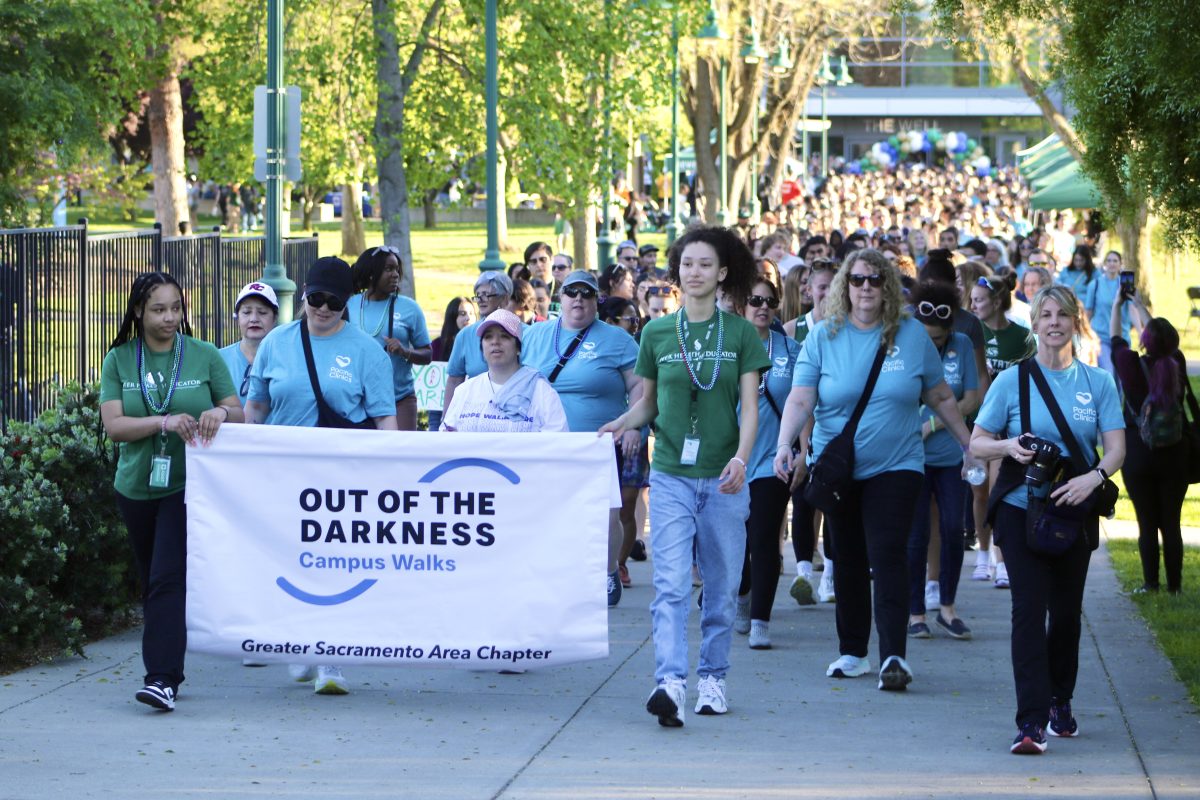Review: African American Art Exhibition
September 17, 2014
“Celebration”, an acrylic painting by Charles Searles, sits mounted on the wall with dancers and drummers surrounded by hues of green, blue and yellow showing the joy and happiness of a community.
The African American Art Exhibition at the Crocker Art Museum displays art and photography depicting culture, influences of music, tragedy and religion. The featured art is a form of expression and a way to recapture history during a time of oppression.
Each art piece represents the era of the Harlem Renaissance, the civil rights movement and subsequent years. Art was an outlet for others to see into a community of people who were able to turn injustice into strength and storytelling to pass on to following generations.
The exhibit is separated into two rooms. The first room contained various art pieces from the Smithsonian American Art Museum and the second room displayed portraits along the walls.
The exhibit features works of photographers such as Tony Gleaton and award-winning photojournalist Marilyn Nance. The majority of the photos were captured in black and white.
Gleaton’s featured photography displayed a series of photos capturing Africa’s influence on Central America including places like Belize, Mexico and Nicaragua.
Nance’s photos also focused on culture. One of her portraits “White Eagles, Black Indians of New Orleans” shows two African Americans dressed in traditional Native American garb.
The pieces in the exhibit ranged from abstract multicolored sculptures to portraits revealing stories of the hardships people faced during the laws of Jim Crow.
The canvasses bled various colors with collages and the statues made of metals reached great heights.
Artist Lois Mailou Jones created “Moon Masque”. The center is a papier-mache Kwele – an African tribe – mask representing heritage and tradition. The mask also contained gold streaks coming from the eyes as if they were weeping and was placed in the middle of multicolored painting.
“Shotgun Third Ward” by John Biggers is a representation of the church bombings that took place during the civil rights movement. The painting illustrated bystanders who were oblivious to the burned church.
Even the abstract paintings of the exhibit tell a story. “Top of the Line” by Thornton Dial Sr. contained multiple colors, various metals and even rope. From first glance the painting leaves viewers with feelings of curiosity but the meaning reflects the emotion of African Americans during the 1992 Los Angeles riots.
The colors of black and white is supposed to represent the racial tension during the time
The Harlem Renaissance, taking place in the 1920s and continuing into the 1930s, was a movement for African American writers, poets and artist who were influenced by the culture of their community. Many fled the south in order to have the ability to express their talent, according to Jim Crow Stories on pbs.org.
The exhibit can be viewed Tuesday through Sunday beginning at 10 a.m. and will come to a close Sept. 21.
To find out more information about the Crocker Art Museum and upcoming exhibits visit www.crockerartmuseum.org.


